Fairway Reviews
Review: TaylorMade R15 and AeroBurner Fairway Woods
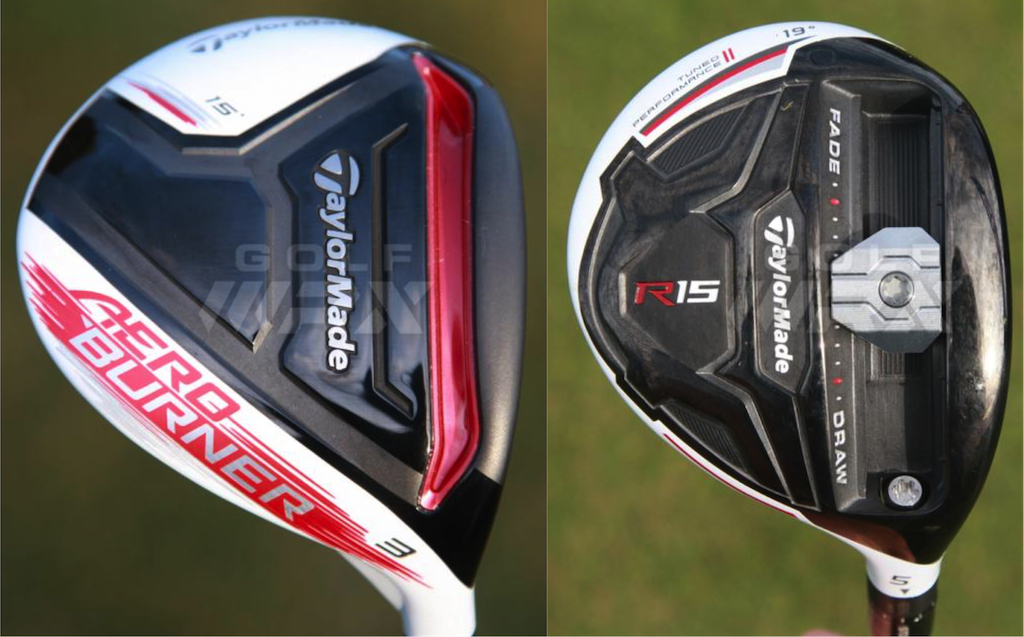
Pros: The R15 is a low-spinning, highly adjustable fairway wood that offers faster ball speeds and more forgiveness than TaylorMade’s SLDR fairway woods. The AeroBurner offers freakishly fast ball speeds and more forgiveness. It’s one of 2015’s top fairway woods.
Cons: The R15 fairway woods are not as forgiving as other models on the market. AeroBurner offers no adjustability.
Who’s it for? The R15 is aimed at better players looking for maximum adjustability with a low-and-forward center of gravity in a classic shape. The AeroBurner is aimed at any golfer looking for more ball speed and forgiveness.
Overview
R15 Fairway Woods
TaylorMade introduced something new with the R15; its first sliding weight track on a fairway wood. The 25-gram weight can be positioned closer to the heel for more draw bias and more toward the toe for more fade bias.
In addition to providing the ability to fine-tune the CG and bias, TaylorMade engineers also claim the weight track acts similar to a Speed Pocket, allowing for the face to flex more for a higher launch, less spin and more ball speed — even on mishits.
The R15 fairway woods ($279) share the same 4-degree Loft Sleeve as the R15 driver and come in lofts of 15, 16.5, 19 and 20.5 degrees. They come stock with Fujikura’s Speeder 67 Evolution shaft (X, S, R and M Flexes) and a TP version ($349) with Fujikura’s Speeder 757 Evolution Tour Spec shaft is also available.
[wrx_buy_now oemlink=”http://taylormadegolf.com/taylormade-fairways-r15/” oemtext=”Learn more from TaylorMade” amazonlink=”http://www.amazon.com/gp/product/B00QLVJGES/ref=as_li_qf_sp_asin_il_tl?ie=UTF8&camp=1789&creative=9325&creativeASIN=B00QLVJGES&linkCode=as2&tag=golfwrxcom-20&linkId=BEXPDHRVLZ26ISTI”]
AeroBurner Fairway Woods
The AeroBurner brings back TaylorMade’s Burner name in a big way by offering golfers a lighter, faster and more forgiving fairway wood. While the AeroBurner is not adjustable, TaylorMade did leverage the Speed Pocket and Thru-Slot technology to create a sweet spot that it claims is twice as large as other TaylorMade fairway woods. I can attest to this being true, as you’ll see below in the review.
The crown is raised and a fin-like hosel create a more aerodynamic head which makes the AeroBurner the fastest fairway woods in TaylorMade’s 2015 lineup. Like the R15, the AeroBurner also has a low, forward CG that helps keep spin low and gets the ball launching higher.
The AeroBurner fairway woods ($229) are offered in 3 (15 degrees), 3HL (16.5 degrees), 5 (18 degrees), 5HL (21 degrees) and 7 (23 degrees) and come stock with either Matrix’s Speed RUL-Z 60 (S, R and M flexes, X-flex is custom only) or Matrix’s Speed RUL-Z 50 (L-Flex) that both measure 43.25 inches.
A TP version of the AeroBurner fairway woods ($299) can accommodate TP shaft selections and has lie angles that are 2 degrees flatter and face angles that are 1 degree more opened.
[wrx_buy_now oemlink=”http://taylormadegolf.com/taylormade-fairways-aeroburner/” oemtext=”Learn more from TaylorMade” amazonlink=”http://www.amazon.com/gp/product/B00QLVO3LY/ref=as_li_qf_sp_asin_il_tl?ie=UTF8&camp=1789&creative=9325&creativeASIN=B00QLVO3LY&linkCode=as2&tag=golfwrxcom-20&linkId=H4BNIJRIATR7WTEC”]
The Review
I got straight to the range as soon as the clubs arrived. I was eager to see how the two fairway woods, with very different characteristics, would perform. It wasn’t a perfectly calm day, but close enough. I noticed right away the launch and peak height of both clubs seemed higher than my current gamer, the X2 Hot Pro. I felt like I was working a little harder with the R15 than with the AeroBurner to produce the same results and consistency. The AeroBurner appeared to be flying a little farther and was definitely more consistent than the R15 15-degree with the weight set to neutral.
My initial impression, unlike when comparing the R15 and AeroBurner drivers, is that the AeroBurner would actually produce the better numbers and find a place in my bag.
The Numbers
I was only 10 minutes into my testing session on a launch monitor when I realized the AeroBurner fairway wood was outperforming the R15, SLDR and JetSpeed drivers, almost across the board. The numbers above are the averages, taking into account center hits as well as slight mishits, to get an overall picture of how each club performs. I rotated through each club numerous times to reduce the effect fatigue would play on the numbers.
The AeroBurner generated more clubhead speed, more spin and more distance than any of the other fairway woods. Ball speeds on mishits remained much closer to the average than with the R15 set to neutral. To test the claim of the sweet spot being larger on the AeroBurner, I sprayed the face and checked the impact mark after each shot and compared the numbers. What looked like almost a quarter of a ball on any side of the sweet spot still produced shots that on the course would look and feel flushed with ball speeds losing only 1-to-2 mph, but carry and total distance staying within about 2-to-3 yards of truly centered shots.
The AeroBurner is likely one of the best fairway woods of the year, but I don’t want to take anything away from the R15, which also outperformed the SLDR and JetSpeed fairway woods.
The R15 generated more ball speed and 2-to-4 more yards of carry than JetSpeed and SLDR. With the weight set to neutral, I reduced reduced spin with the R15 by more than 500 rpm over the AeroBurner. The ability to tune the trajectory bias is nice and makes it easier to reduce the effects of a slice or hook, something that many golfers will appreciate in a fairway wood.
For more refined players, the 25-gram weight allows golfers to choose the face angle they want (remember, reducing loft with an adjustable club head opens the face, adding loft with an adjustable club head closes the face) without adding more draw or fade bias to the club.
I also tested the R15 and AeroBurner 5 woods. Depending on the makeup of your set and your personal preference, a 5 wood may or may not be necessary so I won’t spend much time discussing the results. But I will say that the AeroBurner once again, outperformed the R15 in ball speed, launch and total distance. In fact, I might be rethinking whether a 5 wood has a place in my bag after testing the AeroBurner.
Based on the numbers from the test, the 15-degree AeroBurner fairway wood should go into the bag. However, I want to note that both the 15-degree and the high launch 16.5-degree AeroBurner performed very well for me, with the 16.5-degree producing a higher launch, slightly less spin (probably not typical) and very similar distance. The higher launch and nice peak height is very appealing, especially when going for a par-5 in two and trying to hold the green.
Looks and Feel
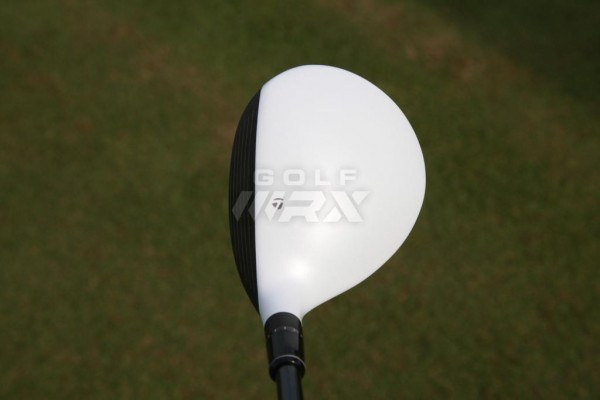
An R15 5 wood at address
I expected the R15 to look noticeably more compact at address, something better players tend to prefer, but surprisingly, both clubs have a relatively compact footprint. Not small, but not bulky. Without question the R15 feels heavier and more mallet-like. It reminds me a little of the X2 Hot Pro that I’ve had in the bag for a year — a feeling that if you connect right on the center, the ball will fly for days. Contact is solid with plenty of feedback. The look of the R15 at address is more serious, cleaner and simple. No distractions.
By contrast, the AeroBurner is definitely lighter, which translates into a feeling that you’ll generate more speed without more effort. The raised crown and fin-like hosel stand out at address, but not in a distracting way.
Similar to the driver, I like the longer alignment mark on the crown from front to back and believe it will help golfers with their setup at address. Unlike the R15, shots off the center seem to pop and get airborne much quicker and with a louder sound. The feeling is less firm, more smooth and distributed across the face, but still with nice feedback on mishits.
The Takeaway
The R15 might be TaylorMade’s flagship line for 2015, but the AeroBurner is a beast of a fairway wood. With more speed and a larger, more forgiving face, the AeroBurner shouldn’t be overlooked during testing — especially considering the AeroBurner TP option, which will better suit the needs of lower-handicap golfers.
If you like traditional-looking fairway woods or are a tinkerer (or both), the R15 will prove nearly irresistible with its low-spin performance, clean, tour-inspired looks and multiple adjustability options that can give golfers the exact face angle and trajectory bias they prefer.
Related
- Our review of TaylorMade’s R15 and AeroBurner drivers
- Our review of TaylorMade’s R15 and AeroBurner fairway woods
- Our review of TaylorMade’s R15 and AeroBurner hybrids
- LIKE182
- LEGIT46
- WOW23
- LOL5
- IDHT8
- FLOP6
- OB5
- SHANK34
Equipment
Members Choice: The Best Fairway Woods of 2017
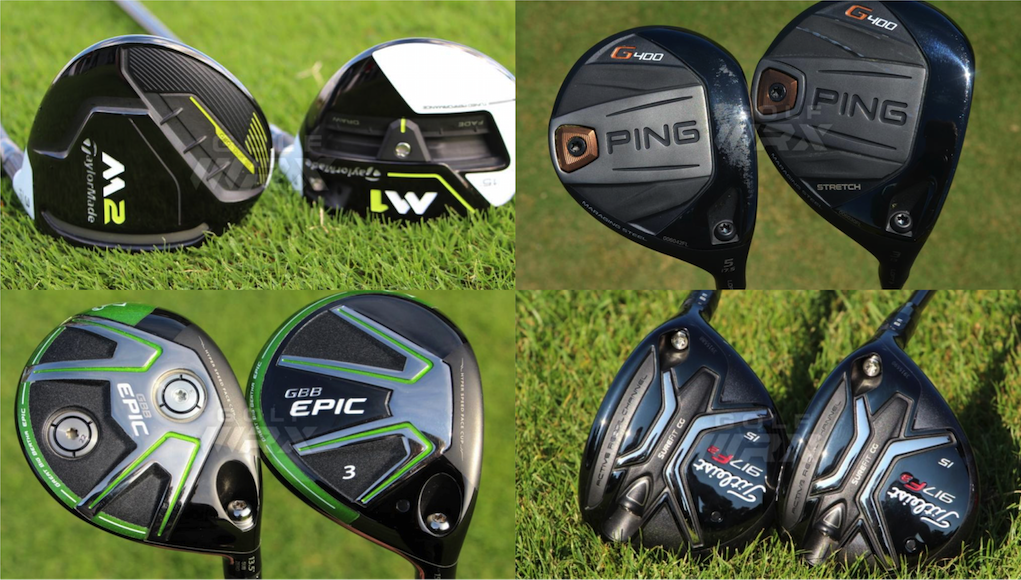
In this edition of Members Choice, we attempt to answer the question, “What’s the best fairway wood of 2017?”
Admittedly, it’s a bit of a loaded question since golfers use fairway woods for different reasons and in different situations on the course. Some use a fairway wood strictly as an alternative to their driver off the tee; other golfers use them almost entirely as approach clubs from the turf on long par fours and par fives; the rest use fairway woods for some combination of both situations. So are we looking for the longest and straightest fairway wood, or simply the most accurate and forgiving?
The best way to determine the best fairway wood, therefore, is to pose that question to golfers who have hit them all and let them decide. Thus, we have Members Choice: The Best Fairway Woods of 2017, where GolfWRX Members describe their experiences with the latest fairway woods. With in-depth descriptions from their testing, GolfWRX Members illuminate the pros and cons of each fairway wood, providing the real information you need when making your purchasing decisions.
Related
Our advice when reading through this story is to think about what you want from your fairway wood. Do you want max distance, max forgiveness, or a combination of both? The feedback from GolfWRX Members on each fairway wood will lead to toward a few models that match your needs and desires. Then test them out for yourself. Everyone interprets the performance of golf clubs differently, so personal testing and professional fittings are imperative, especially in this particular category. View the full results from the poll testing here.
Note: Responses from GolfWRX Members have been minimally edited for brevity and clarity.
Callaway Steelhead XR (4.08 percent)
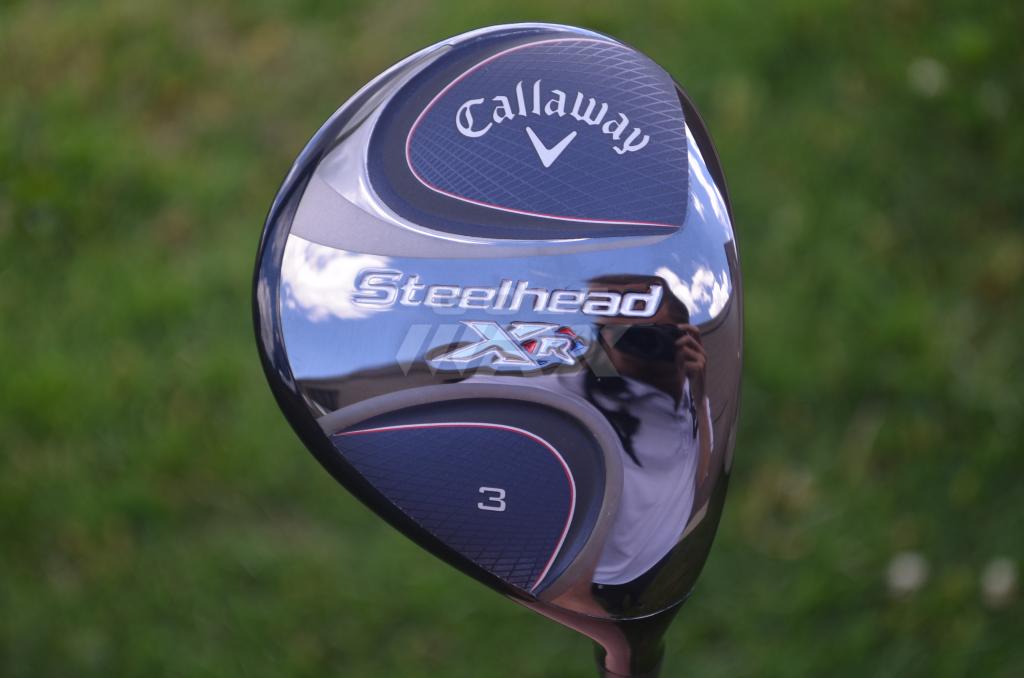
- SwingMan: I recognize that the Steelhead XR is late to the game, having just entered the market, but for a club that does everything well for GI and Players (the + models), they are long rocket launchers. Light, hot feel with pleasing metallic crack, deep face for ease off the tee, low CG (center of gravity) for ease off the deck, rounded sole gives you versatility from rough and bunkers. Forgiving and long. J36 carbon weave crown moves weight low. Because of the deep face with lot of bulge you need to lay it on the ground and it sits square. Take care when you pick it up so as not to close it. I hit it long off the tee with an R-Flex, obtaining 260-270 yards under favorable conditions — this club produces an urgent, direct trajectory with loads of roll in the lower lofts. Off the deck, 220+ with light wind; against a strong wind, 200. This club is surprising. Even the 7 wood off the deck with a higher trajectory gives you great yardage. Only caveat is that if you are in low speed range and insist on a 3 wood, you may want to order a high launch shaft instead of the mid-launch Tensei. But that’s the same advice with all 3 woods — you must be able to launch them. Callaway has several no cost shaft options. Otherwise, go with the 5 and 7 woods, which are loooong and versatile. The + models, for players and pros, are more weight forward and fade bias and arrive with a 65 Tensei CK Blue fairway shaft — smoother than the CK Blue driver shaft.
- DWtalk: I just finished testing the 15-degree Callaway Steelhead with the Tensi Blue shaft, and it’s a great club. It’s long and my misses are either a little right or left, but very solid. I also have a 15-degree M2 that is very good also with the stock shaft but I’m going to reshaft it with the Tensi blue. You couldn’t go wrong with either club.
Further Reading: Callaway upgrades a classic, introduces Steelhead XR fairways
Titleist 917F3 (5.28 percent)
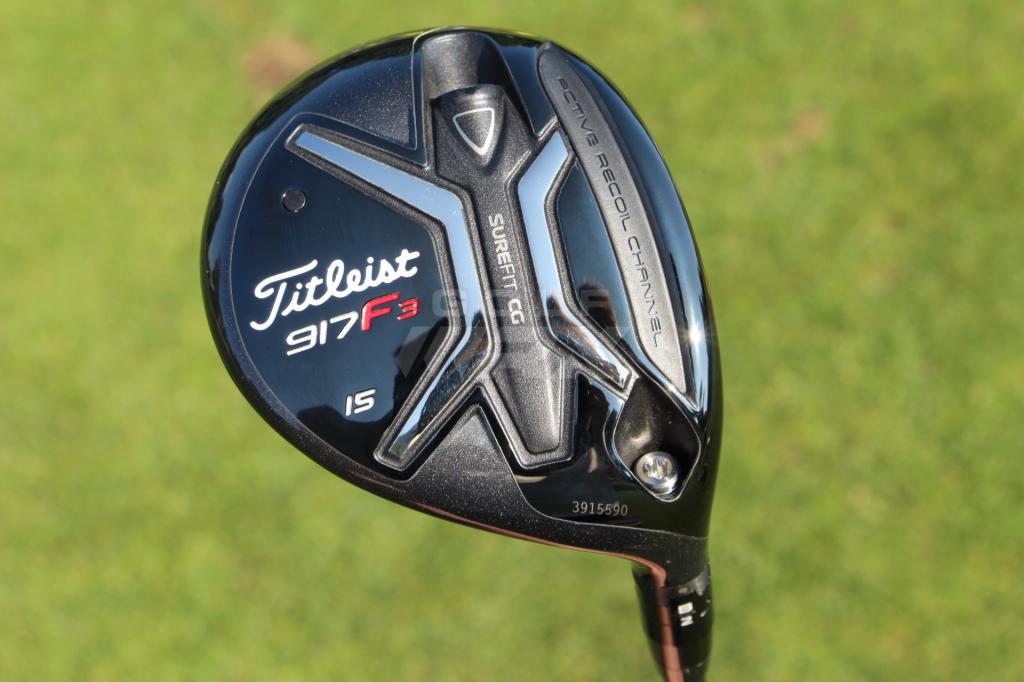
- Peanut191: I thought the Titleist F3 was the best combination of looks and feel, but they didn’t offer a 16.5 version, so I ordered the M2 Tour HL. I thought the M2/M2 Tour were the best distance wise, with the Callaway Epic, then the Titleist 917F3 just behind.
- II PigBimpin II: I used to be a Taylormade loyalist when it came to woods, but I recently switched to a Titleist 917F3 15-degree and it has single handedly put me in prime position to make three eagles within two weeks. Very predictable ball flight and distance, easy to hit off the deck.
- DuckHook02: I did try the Titleist 917F2, and if I was using it off the deck more, I’d probably gravitate towards the F2 and it’s shallow profile. However, I like the more compact look of the F3 and the lower ball flight it produces.
Review: Titleist 917F2 and 917F3 Fairway Woods
Cobra King F7 (6.40 percent)
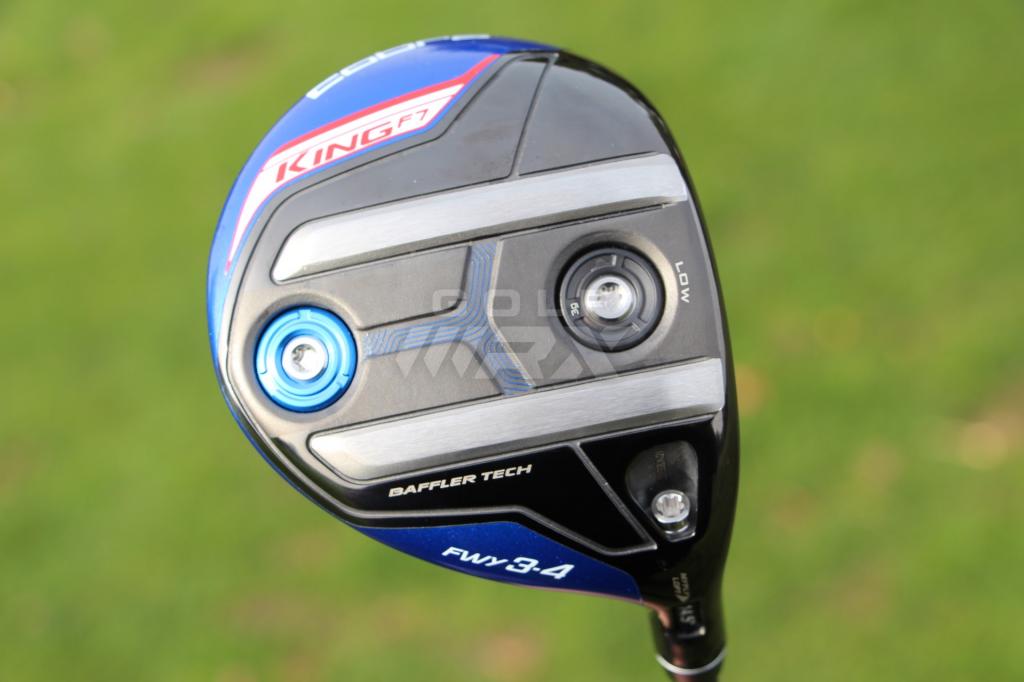
- Steveko89: I didn’t do nearly as much testing for my 3 wood after going up and down the racks picking out my Cobra F7+ w/ Hzrdus Yellow shaft. After settling on the driver, I said, “That 3 wood that matches looks pretty slick, let me hit a few with it.” and immediately fell in love. Has a nice traditional note at impact and the ball just flies off the face, especially with the weight forward. Probably could’ve tried a few different shafts, but the stock-stiff shaft works well enough and was able to find one used-mint on the bay for $150. Unfortunately, this was before the Cobra BOGO promo. Most of the positive shots that stick in my head from this season have come with the 3 wood, won’t be seeking out a replacement for a while.
- carcharodan1977: Cobra F7 fairway, currently playing at 4 wood loft… it’s fantastic. Easy to swing, impact sounds great and it’s a rocket from the fairway and even bad lies. The baffler rails really work well. Such a forgiving club.
- herbst20: Have played the Titleist 910 fairway woods since they came out. The Cobra F7 finally kicked them out of the bag. I have had an easier to hit whether it be off the team, fairway, or especially out of the rough. I love the baffler technology. I play it at 13 degrees because I am sporadic with my driver.
Further Reading: Cobra’s King F7 and F7+ drivers, fairways and hybrids
Callaway GBB Sub Zero (7.39 percent)
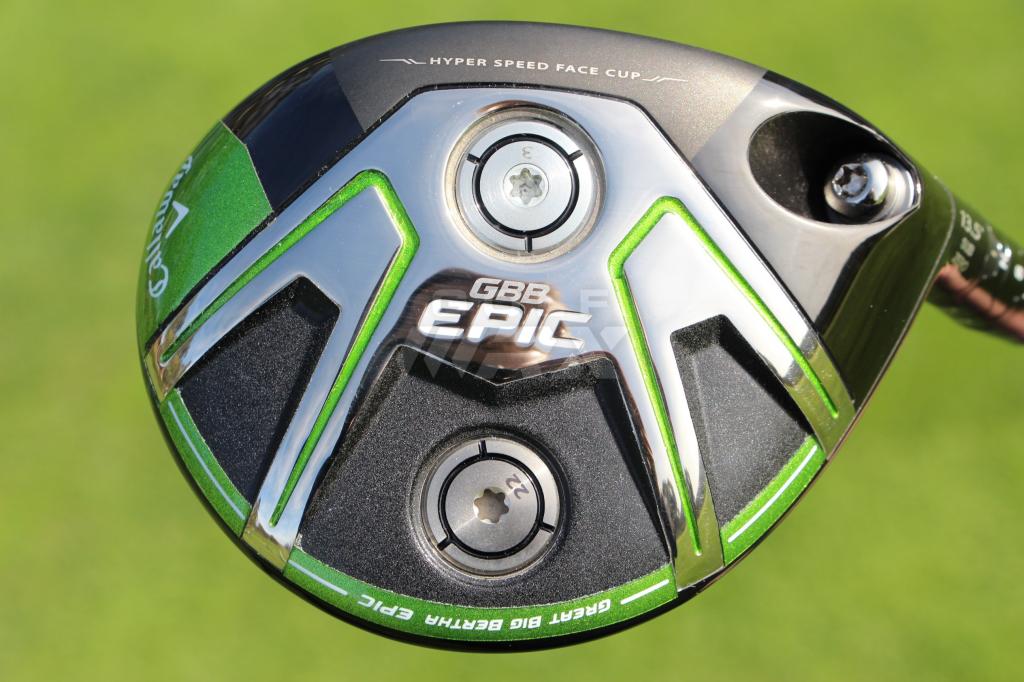
- Warrick: The (Sub Zero) 3+ was the first Epic in my bag, and it is never leaving. I have never hit a long club so consistently.
- Dobbs983: This is a fantastic year for fairway woods. I game the Epic Sub Zero 15-degree, set to 14 degrees. Easy distance, mid launch and penetrating flight. Easy to hit off the deck and a tee. I can move it left and right, if I need to, but why bother when straight and long is so easy. The Titleist 917’s are both very close to the Epic SZ, but not quite as forgiving. They are the best looking of the bunch. The Exotics EX10 Beta is amazingly long and straight and the sole is fantastic out of the rough.
- belacyrf: I currently game the TaylorMade SLDR fairway woods as I’ve never seen enough improvement from any new woods to make a change. However, IF I were to make a change, I would definitely move to the Callaway Epic Sub Zero. They are so forgiving and their flight is exactly what I like, plus they are long.
- PreppySlapCut: I was very pleased when messing around with the Epic Sub Zero this week. I was able to launch the 13.5 degrees off the deck, which has literally NEVER been a strength for me. Very impressive stuff from Callaway. The Ping G400 also just seems like the next wonderful iteration from Ping.
- kejoal11: I put the Epic Sub Zero 3+ in my bag and love it. Long off the tee, long from fairways. I love the ball flight and the fact that it doesn’t balloon on me. Very consistent with the club and by far my best purchase of 2017.
- golftech: If you like smaller, traditional shaped fairway woods, then Callaway’s Epic Sub Zero 15-degree is the best I’ve played. For that matter, it’s the best 3 wood I’ve had since my Toney Penna persimmon in the early 80s. It’s versatile off the tee and the fairway. I’ve been hitting career shots all season including the 18th at the famous Monterey, CA course.
- ago33: I’d choose the Epic Sub Zero over the M2 Tour. Adjustable hosel is better, looks better behind the ball and more forgiving.
Further Reading: Callaway GBB Epic and Epic Sub Zero Fairway Woods
Ping G400 (7.67 percent)
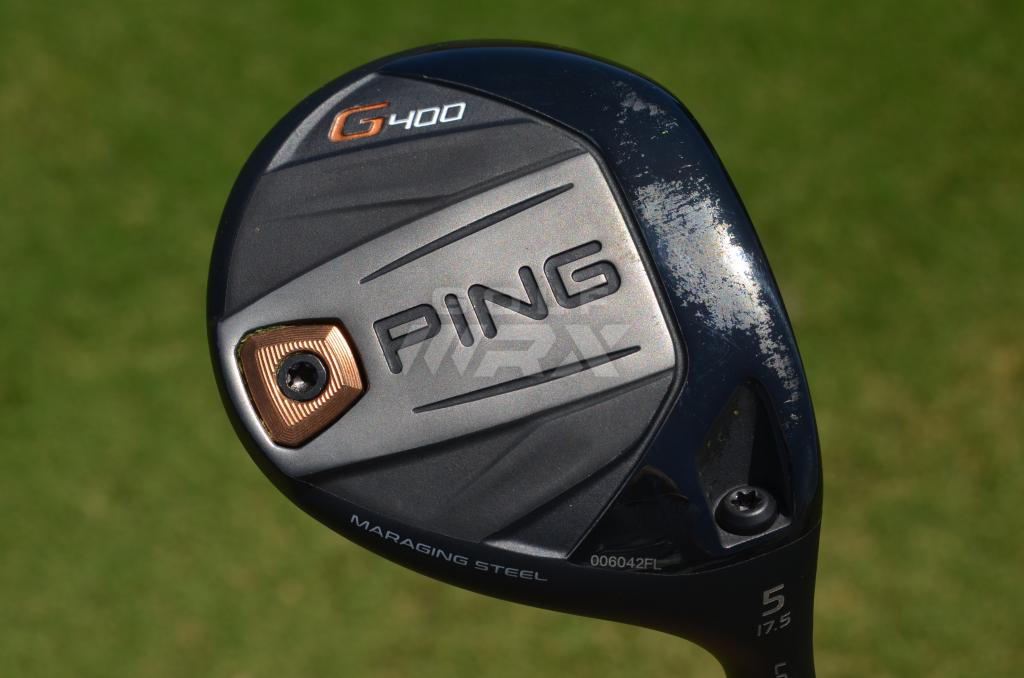
- Mwiseley10: Love my Titleist 917, I hit it so well off the deck I use it without a tee!
The Cobra Baffler felt great and has good sound but didn’t purchase. Hit the Ping G400 this morning, it hits great but d*** that profile is low! - DNice26: I tried the Ping G400 against my Ping G, both using my own shaft… little to no difference. The G400 looks and sounds better, but any performance benefit seemed negligible from the Trackman numbers I saw. My swing speed is about 109 mph with the driver.
- PrettyGood: Hit the new Ping G400 fairway this morning. My current 3-wood is the 2016 PING G series, at 14.5-degrees. So, between the two models: Turbulators on the G400 are definitely more pronounced. Footprint of the G400 looks bigger, and it’s a rounder shape somewhat (PING.com says G400 is ~12cc larger). Sole of the G400 does look a bit flatter, but no difference hitting shots. G400 face feels more lively, and it’s louder… but no more or less pleasing to hit, just different. Switching my own shaft between the two, performance looked pretty close… G400 maybe a shade higher, if anything. G400 headcover much nicer, big improvement. That’s about it.
Further Reading: Ping introduces new face material with its G400 Fairways
TaylorMade M1 2017 (7.88 percent)
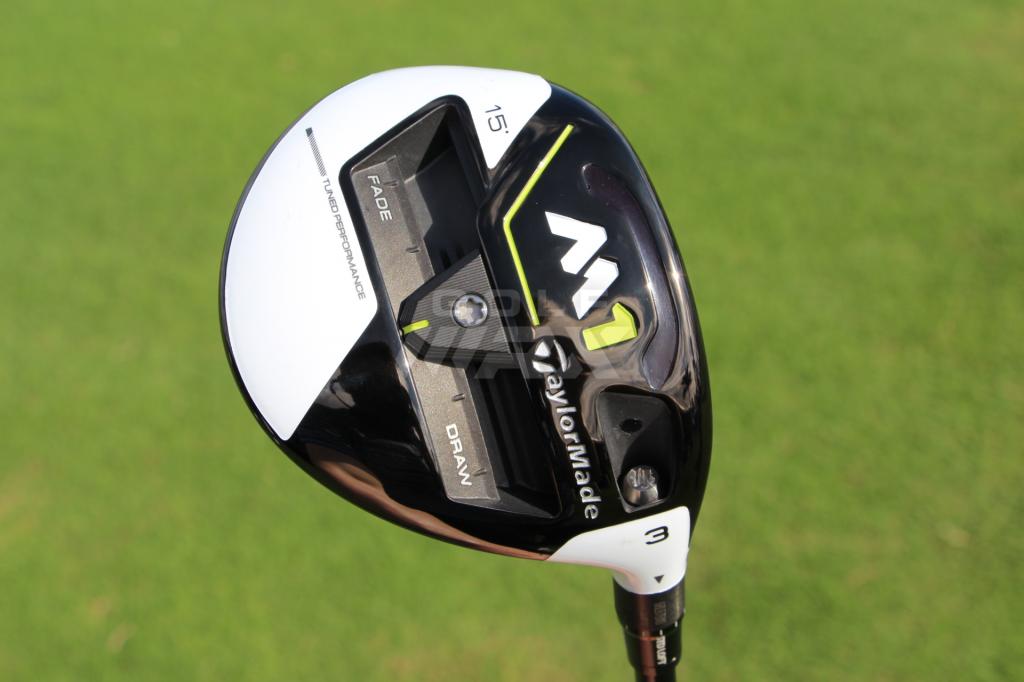
- lowball5732: My TaylorMade M1 15-degree is a wonder! Either off the deck or on the tee — optimal performance for me. My wife swears by her M2. She’s straight and true!
- Rdarling18: I really hit Taylormade’s entire M family pretty good. I went with the M1 because it was most consistent for me. However both M2 models (M2 and M2 Tour) are very long.
- AWD430: TaylorMade’s M1 was giving better distance than M2 when I hit them. I do agree that the M2 head on this year’s model seems very big when hitting off the deck.
- gpleonard: My two cents is the TaylorMade M1 HL 2017 is a monster both of the deck and from the tee… It is a go to club for me on long Par 5’s and on short Par 4’s off the tee.
- Mob: I have the TaylorMade M1 2016 and tried it against the M1 2017 and preferred the 2016 model for some reason. I know that I am supposed to prefer the newer model, but I consistently hit the 2016 straighter. Distance was a wash.
Further Reading: TaylorMade 2017 M1 Fairway Woods
TaylorMade M2 Tour (8.94 percent)
- AThompson_3: Best fairway wood by far is TaylorMade M2 Tour. Exceptional feel, workability, and forgiveness. Great off the tee while also able to launch the ball off the fairway very easily. Fantastic club. Expecting it be in my bag for years to come.
- Bomber_11: TaylorMade’s M2 Tour would get all 3 of my votes if I could do that. Wins out on distance, accuracy, forgiveness, versatility, and feel.
- Roadking_6: M2 Tour HL is an absolute beast this far (in my testing).
- halfsumo: M2 Tour: best look, sound, feel and performance. M1: awesome look and feel, I just decided to go with a 3HL version and since the M2 Tour spins less, I went with that to counteract the extra loft. Mizuno JPX900: second best look and feel and best stock shaft of anything out there by far.
- DeCuchi: M2 Tour. Higher launch and less spin makes it an excellent choice. Forgiveness is on par with other top fairways makes it the cream of the crop.
- Scratchat50: M2 Tour HL with a Project X HZDRUS 75g shaft (6.5-flex, -1 inch under std). Been searching for a great 3 wood for over 10 years. This is it!
- john443: M2 Tour is THE 3 wood of 2017.
Further Reading: TaylorMade 2017 M2 Tour Fairway Woods
Titleist 917F2 (10.13 percent)
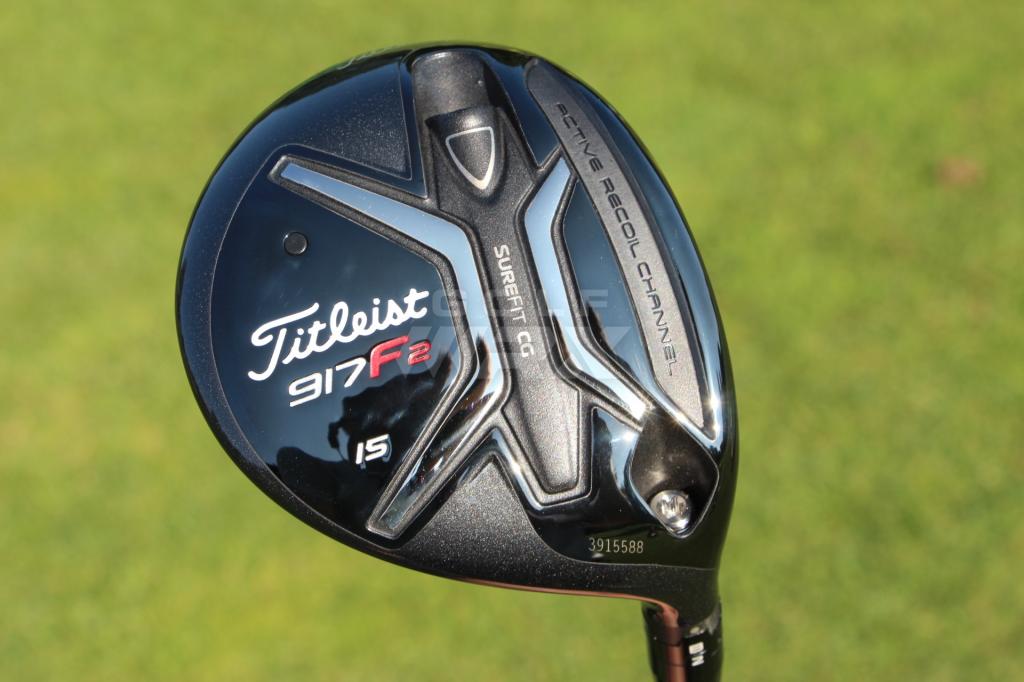
- bazinky: I’ve spent years searching for a fairway wood that I could hit with a consistent shot shape/pattern, and I finally found it in the Titleist 917 F2.
- tleader: I went from the Titleist 915F to the Titleist 917F2. Found them very similar, perhaps a slight increase in launch and more consistent across the face on mishits. Went with the 16.5-degree so it was an easy decision.
- MJL313214: I’ve hit the 917F2 at 16.5 degrees a good bit. It’s crazy long compared to the previous fairway woods. I like the slightly bigger look than the 917F3.
Review: Titleist 917F2 and 917F3 Fairway Woods
TaylorMade M2 2017 (12.60 percent)
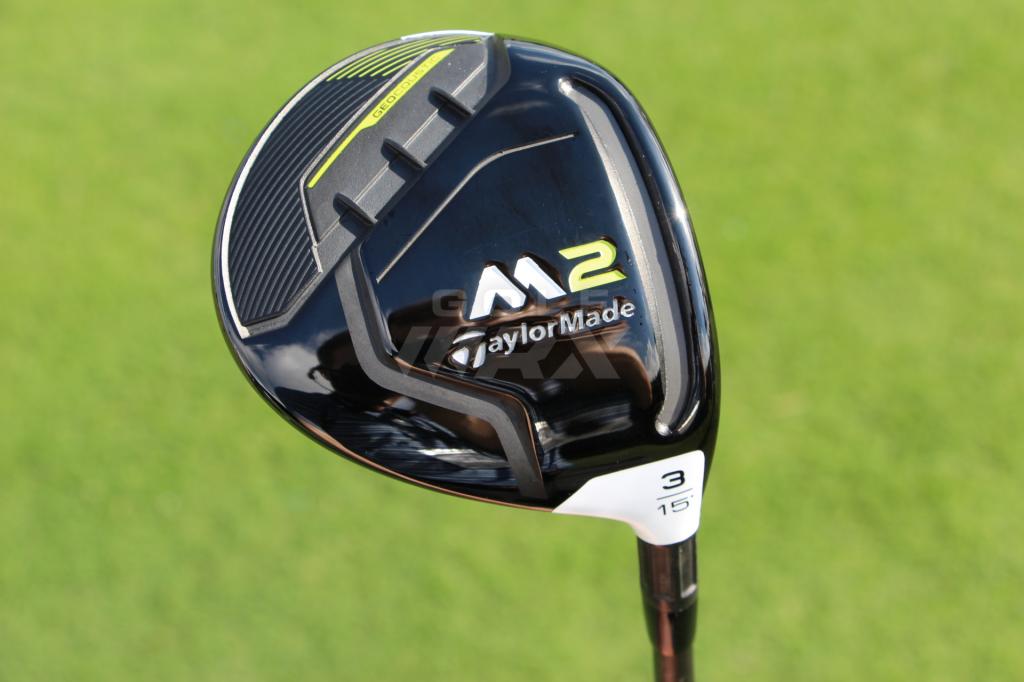
- Gnomesteel: (The TaylorMade M2 2017 fairway wood is) long off the tee and easily hit off the deck with control. Best of both worlds.
- kush614: My vote is for M2 2017, as well. Gaming a 15-degree M2 2017 with an Oban Kioyshi White shaft. Mid launch, low spin monster.
- venturagolfer87: There’s nowhere even remotely close to me that has the M2 Tour, but my 3HL normal M2 is as close to automatic as I’ve ever been. I’ve never been able to hit 3 woods, to the point where for the last few seasons, the next club in my bag after driver was a 5 wood that was shortened an inch. The M2 2017 is somehow just as easy to hit, and looooooong.
- johnnylongballz72: M2 3HL with AD DI 7X; probably the single best golf club I have ever owned.
- qwetz: I’m playing a 3HL M2 with a Mitsubishi Tensei CK Blue and it’s just a bomber from the deck or the tee.
- lordemsworth: How do those that have hit Epic fairway feel about the sound? That dull thwack is awful. As another opinion, I found the M2 2017 easier to hit consistently than the Epic fairway. Both from tee and deck.
- Porsche928: I had the M2 2017 and it was huge too hard off the deck. Never hit the M1 2017 but had the old M1 2016 for a demo and loved it.
Further Reading: TaylorMade 2017 M2 Fairway Woods
Callaway GBB Epic (13.37 percent)
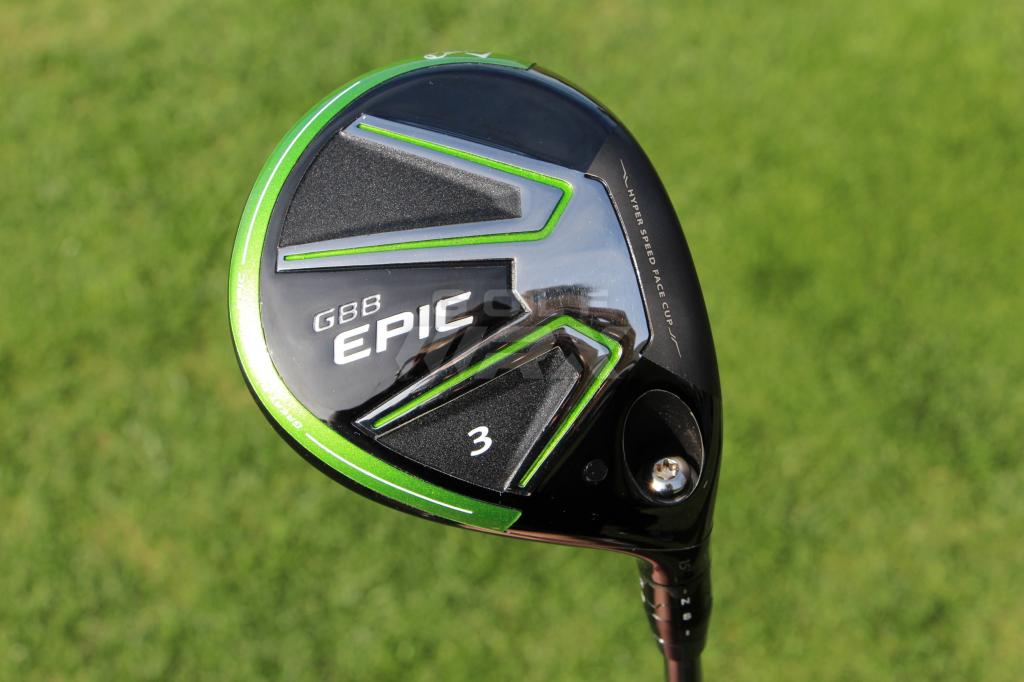
- mcgem: Hands down, without a doubt, Callaway’s GBB Epic fairway is the best of this year’s crop.
- Sean2: I have three Callaway Epic fairway woods and am quite enamored with their performance at 16/20/24 degrees. I am comfortable standing over the ball with any of these woods in my hands. I have no problem hitting the 16-degree off the turf and I find it a very good club on tight driving holes. The 7 and the 9 fly high and land soft.
- aussieb: Tested the Mizuno JPX-900 fairway wood on a few occasions now and it’s really the best off the deck, adjustable from 13-17 degrees and the sliding weight dials it in, has a great stock shaft and sounds as good as it looks. Ping’s G400 was really solid and forgiving, didn’t spin too much and set up well for my eye. A bit of adjustability and stock Tour shafts are great. Callaway Epic had the smallest head and best ball speeds off the tee. I didn’t really care for the sound and lack of forgiveness compared to the previous two, was dead feeling but that’s mostly shaft I think.
- leftshot: I went through a thorough fitting at Club Champion last month and had access to most of the heads on this list. So I know the answer FOR ME. Notably none of the top fits involves a club head with the standard shafts offered off the rack. The results of my testing was:
1. Callaway GBB Epic: Distance #1 (Tied), Dispersion #1, Off-center hits #1
2. Titleist 917F3: Distance #1 (Tied), Dispersion #2, Off-center hits #3
3. TaylorMade M2 2017: Distance #3, Dispersion #3, Off-center hits #2 - rony10: Epic. Accuracy, forgiveness and flight, distance is very good to.
- Benkross: I just put an Epic in the bag. I tried the M2, M2 Tour, M1 (2017 and 2016) and was playing a Titleist 915F and prior a 913Fd and 909 F3 before that. The Epic sounded the best and feels awesome. The 2016 M1 was the worst feeling 3 wood I’ve ever played. I’m replacing the shaft in the Epic so I’m excited to use it this weekend.
- kgeorge78: The Epic looks much smaller than the M2 2017 for some reason and easier to hit off the deck.
Further Reading: Callaway GBB Epic and Epic Sub Zero Fairway Woods
- LIKE208
- LEGIT33
- WOW13
- LOL20
- IDHT5
- FLOP2
- OB3
- SHANK40
Equipment
Review: Titleist 917F2 and 917F3 Fairway Woods
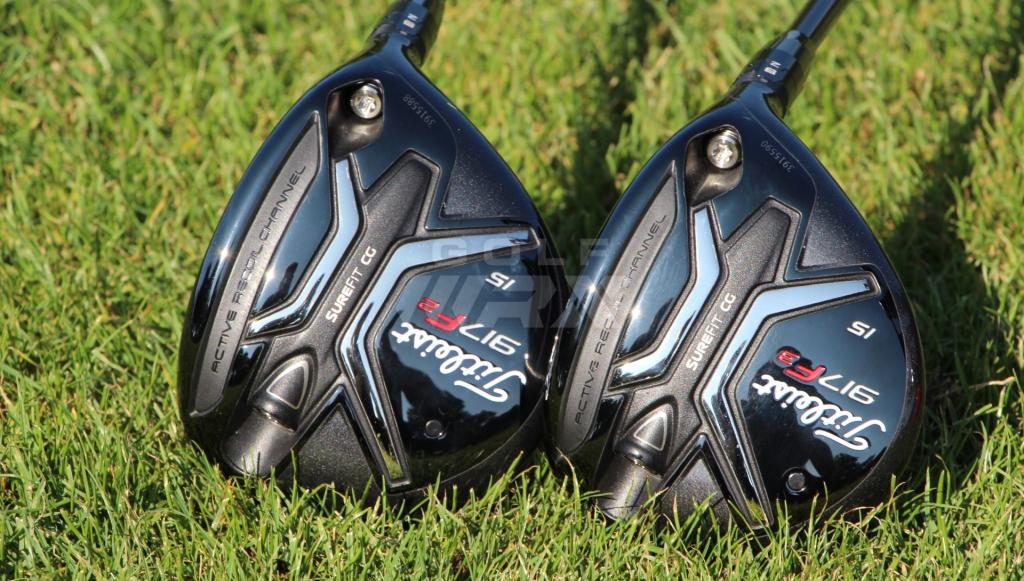
Pros: Dialing in trajectory and spin is more in the hands of the player than ever with SureFit CG adjustability. Feel and sound have improved, and 915 users will likely see a jump in distance.
Cons: If you preferred the black finish, you’re out of luck with the return of silver.
Who they’re for: Everyone who plays a fairway wood should give the Titleist 917F2 and 917F3 fairway woods a shot. They provide everything most golfers want from a fairway wood.
The Review
- Models: 917F2 (13.5, 15, 16.5, 18, 21 degrees), 917F3 (13.5, 15 degrees)
- Release Date: Oct. 21
- Price: $319 (MAP)
Right off the bat, you’ll notice a number of changes to Titleist’s new fairway woods: name, color, center of gravity (CG) adjustability, and if you’re really attentive a change in the Active Recoil Channel. I break down each of the major changes below.
Related: See the results from the Ultimate Titleist Driver Fitting Experience
What’s in a name?
In its most recent fairway wood releases — the 913 and 915 models — Titleist used the F and Fd naming system. “F” was a larger, more forgiving fairway wood that launched higher and spun more, while “Fd” was a smaller, deeper-faced, lower-launching fairway wood that reduced spin. It was a bit confusing, and didn’t mesh well with the D2 and D3 naming system the drivers were using, so Titleist went to F2 and F3, which is what Titleist used in previous models such as the 909.
If you’re confused: F = F2, Fd = F3 (easy to remember since this rhymes).
Now, the F2 (179 cubic centimeters) is the larger, higher-launching and more forgiving model, while the F3 (169 cubic centimeters) is smaller, deeper and more workable. The relationship hasn’t changed, just the names.
Sure thing
As with the 917 drivers, the 917 fairway woods have SureFit CG technology to give golfers the ability to tweak the draw/fade bias of the clubs. In the fairway woods, the SureFit CG system is also positioned slightly crooked, as seen in the driver, which has the same purpose; lower-spinning fades and higher-spinning draws. When in the draw position, the weight system will add spin to keep the ball in the air longer, and will decrease spin in the fade setting to keep shots from ballooning. The design also maintains the moment of inertia (MOI) of the fairway woods, keeping forgiveness high regardless of the weight setting.
In the SureFit CG system, weight is changed using interchangeable weights* or tubes, made of a mixture of different materials. The neutral weights have a uniform weight throughout, while the draw-fade tubes have a heavier side.
When adjusting the system, golfers should look for the “+” sign, which indicates a fade setting, while a “-” sign indicates the draw setting. Note that this is opposite of the 917 drivers, as the entry port is on the opposite side (toe side) of the club head in the 917 fairway woods. A solid red circle indicates a neutral setting. Like the 917 drivers, the 917 fairway woods also have Titleist’s 16-way adjustable SureFit hosel, which offers independent adjust loft and lie settings.
*Note: SureFit CG driver weights cannot be used in fairway woods, and vice versa, due to their different sizes.
Active Recoil Channel 2.0
While the 915 fairway woods had an Active Recoil Channel behind their faces, designed for higher ball speeds on off-center hits, the area was hollow. The channel in the 917 fairway woods is filled with elastomer, helping produce more ball speed across the face and lower spin, according to Titleist. There’s is also a face insert with variable thickness for increased speed on off-center hits.
Another change for the better is the sound and feel of the 917 fairway woods. They have more of a muted sound and softer feel at impact, which is no doubt helped by filling the Active Recoil Channel. Another benefit is that golfers won’t need to frequently clean the dirt out of the channel, as they needed to do with 915 models.
Color
The “liquid slate” finish on the crown is a throwback to Titleist woods of yesteryear, which is something Titleist fans may very much appreciate. Some of the classic Titleist fairway woods, such as the 980F, had a similar gray finish.
Overall performance
So what’s to be expected of the 917F2 and 917F3 in terms of performance? According to Titleist, golfers hitting the 917 versus a 915 should expect higher ball speeds, a higher launch, slightly lower spin and 4-7 yards in increased distance. It just so happens I hit the 917F2 and 917F3 versus the 915F and 915Fd, and you can see the numbers below.
The Numbers
I took the 917F2 and 917F3 fairway woods to the Launch Pad at Carl’s Golfland in Bloomfield Hills, Mich., where I tested them against Titleist’s 915F and 915Fd models on Trackman with premium golf balls. The fairway woods were set to my specifications (C2 hosel setting, neutral weight setting in the 917 models) with the same Mitsubishi Rayon Diamana Limited D+ 80X shaft. Shots were hit with each club — order was constantly rotated, and outliers deleted — until 10 shots with each club had been recorded.
917F2 v. 915F:
- The 917F2 generated slightly less spin (-60 rpm) and a slightly higher launch angle (+0.7 degrees) than the 915F.
- The 917F2 offered more ball speed (+1.5 mph), more carry distance (+1.6 yards), and more total distance (+3.6 yards) than the 915F.
917F3 v. 915Fd:
- The 917F3 offered slightly less ball speed (-0.8 mph), a slightly higher launch (+0.3 degrees), and a little more spin (+74 rpm) than the 915Fd.
- The 917F3 increase carry distance (+4.3 yards) and offered more total distance (+6.3 yards) than the 915Fd.
Specs, pricing, availability
Titleist 917F2 and 917F3 fairway woods ($319 MAP) will be available on Oct. 21 with the following stock shafts: Aldila Rogue M-AX, Fujikura Speeder Pro Tour Spec and Mitsubishi Rayon Diamana Limited D+, S+ and M+.
With the purchase, consumers will receive either a 10, 12, 14, 16 and 18-gram neutral weight (the 12-gram is stock) and a matching draw-fade weight. Additional weights can be purchased for $40, or SureFit weight kits are available for $180 with every weight.
The Takeaway
Any golfer with an older version of a Titleist fairway wood, especially one with a silver finish, will find the switch to a 917 fairway wood an easy and valuable transition.
Not only do the fairway woods offer CG adjustability for fine tuning trajectory, but they also have a softer feel and more muted sound than the 915 versions while providing more carry distance and more total distance. You’d be hard pressed to show me an all-around better fairway wood in the current market.
Related
- See what GolfWRXers are saying about the 917 fairway woods in our forum.
- Our review of Titleist’s 917D2 and 917D3 drivers.
- LIKE239
- LEGIT17
- WOW9
- LOL4
- IDHT5
- FLOP4
- OB6
- SHANK30
Fairway Reviews
Review: TaylorMade M2 Fairway Woods
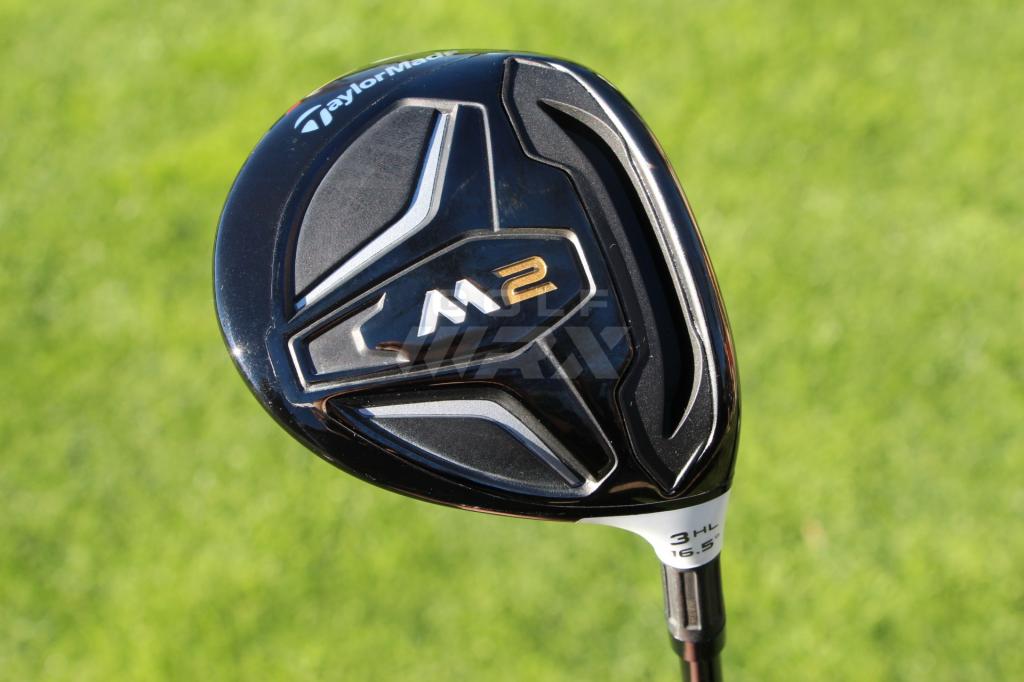
Pros: Driver-like ball speeds in a fairway wood that’s forgiving, workable, and the more affordable option in TaylorMade’s 2016 lineup.
Cons: No adjustability. The sound and feel is different than other fairway woods.
Who’s it for: The M2 fairway woods can be played by golfers of all skill levels, from beginners to PGA Tour players.
The Review
- Available Lofts: 15, 16.5, 18, 21, 24
- Stock Shafts: REAX 65 (X, S, R flexes), many custom shafts available free of charge.
“1.49? Really? Again? Man, these new fairway woods are amazing.” That was me during my launch monitor testing for this review. I kept getting pretty high smash factors for a fairway wood. To quickly explain, smash factor is ball speed divided by swing speed, and the average PGA Tour smash factor for a 3 wood is 1.48.
I am not a PGA Tour player, so getting a 1.49 the few times I did was pretty impressive, and shows an advance in technology — not that my swing has actually improved.
To say there’s been a revolution the past five years in fairway wood design is an understatement. Hotter faces are the norm now. I’ve actually heard people say they hit their 3 woods “too far,” which sounds absolutely insane. But with fairway woods the way they are now, many are providing the same relative ball speeds as drivers, and just as much distance.
When TaylorMade released the M2, there was some chatter that it was a price-point fairway wood, and it wouldn’t be as good as the company’s M1 since it didn’t have the moveable weights and changeable shafts. This is simply not the case. The M2 contains every bit of technology as the M1, and while I didn’t test them head to head, the feedback from most golfers has been that the M2 launches higher, spins less and offers more ball speed than the M1. For that reason, it will be the longer-flying TaylorMade fairway wood for most golfers.
When viewing the clubs in the address position, it’s hard to tell the difference between the M1 and the M2. The M2 has the “ball” grooves, where there’s a centering point of no grooves in the shape of a ball. The only other difference is the M2 has a new “fluted” hosel construction, which moves a few grams of weight lower in the club head, and is said to improve sound and feel. I’m also a fan of the black-and-white painted composite crown. It seems to give off a more compact feeling to me, and makes it easier to line things up.
The face also sits square, which is a major requirement for me as well. I’ve bought and immediately sold 3 woods that have faces that are closed. I was actually worried about this, as in years past TaylorMade has sold a TP line of fairway woods, which have a more open face angle than standard models. There is no TP model in the M2 line, and what TaylorMade seems to have done is focused on making the M2 sit perfectly square.
The Results
To do my testing, I took the M2 out to my course and played a few rounds, and then took it to the range and also had a couple of simulator sessions. The data above is from The Professional’s Golf Shop using Trackman and premium golf balls. The M2 was 15 degrees with a Fujikura Pro Tour Spec 73X shaft at 43 inches (untipped).
On Trackman, I was attempting to hit fade shots off the deck each time. The results are the 10 shots that best represented the fade. Overall, the numbers are pretty consistent. There were a few really good hits that made me say, “WOW!” But there were also several shots in this bunch that I hit thin, and I expected them to come up much shorter. That is until I got the results and was impressed that the shot still carried 225-230. I left those in, as I wanted to show how forgiving this club can be.
On The Course
On the course is where the M2 fairway wood really shines. Off the deck, I was getting great numbers on the simulator, but on the course I was hitting the M2 places where I have never hit a 3 wood before.
I came close to muttering those words “too far” at one point. I used it on a par 4 to stay short of water, and I ended up only a foot short of the hazard. We’re talking 280 to the water! And distance isn’t even the best thing about this club. Well, maybe … the distance IS pretty awesome. But there’s something else that’s really good, too. It goes back to the shape, sole design and face angle. I’m able to work this club with ease around the course. I can draw, fade, hook, slice, everything really easily with this club. Whether it’s from the tee box or behind 40 trees, I’m able to do some really fun things.
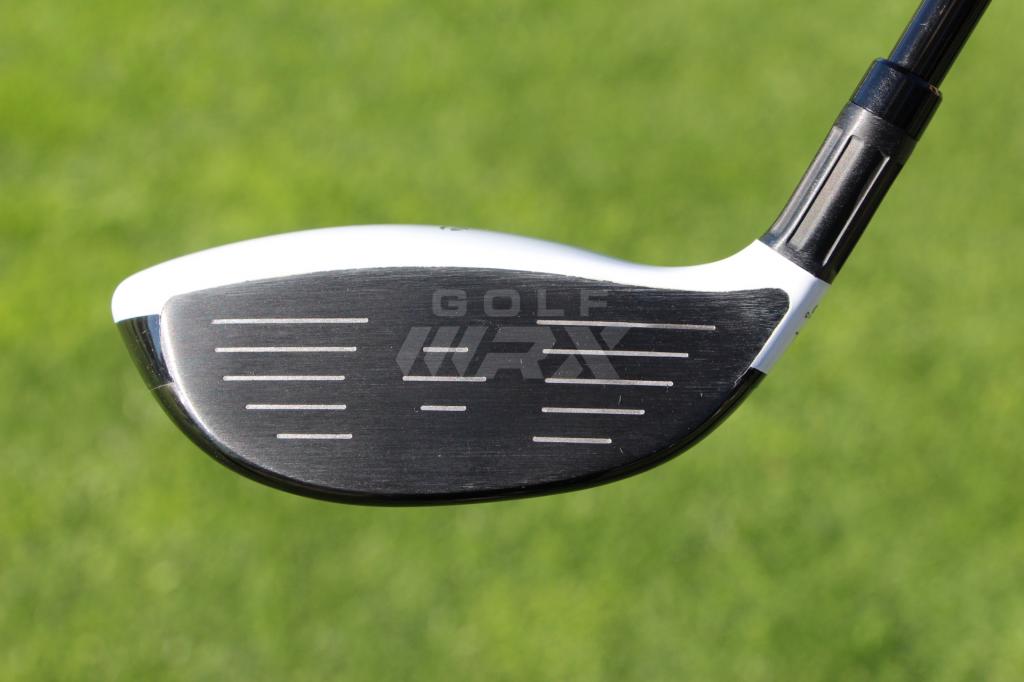 But I do have one negative. It has the same sound and feel as TaylorMade’s other M2 woods, and it’s something I don’t love. It almost feels a little hollow, and not as solid as other fairway woods. After awhile you do get used to it, and honestly I don’t think about it much now unless I hit another 3 wood right after it.
But I do have one negative. It has the same sound and feel as TaylorMade’s other M2 woods, and it’s something I don’t love. It almost feels a little hollow, and not as solid as other fairway woods. After awhile you do get used to it, and honestly I don’t think about it much now unless I hit another 3 wood right after it.
Comparison
As you might have seen in the data above, I was able to compare the M2 to my gamer, a Nike Vapor Fly (15 degrees with the same shaft, measuring the same length) both on the course and on the simulator. The only difference between the two clubs was that the Nike Vapor Fly’s shaft was tipped 0.5 inches.
Overall, they are pretty similar fairway woods. When hitting the fade shot on the simulator, they were almost identical. Both have great ball speeds, both are forgiving, and both pretty easily hit that shot.
But on the course, the M2 ended up being a better club for me. The Vapor Fly has an open face angle, and it is harder for me to work shots both directions. I can hit fades with it all day, but I struggle to square the face and hit draws with it. The best hits on the simulator showed the M2 as the longer of the two, and that showed up on the course as well, especially off the tee. I thought I loved an open face, but it ended up not being good for me overall and my testing proved it.
Conclusion
The M2 is a fairway wood that anyone can play. It’s built with a square face, neutral weighting, and offers incredible distance. It should absolutely be on a list of fairway woods for any player to check out. It has a great combination of everything that I look for in a fairway wood. The feel and sound is the only knock I have.
[wrx_retail_links productid=”98″]
- LIKE140
- LEGIT13
- WOW2
- LOL3
- IDHT1
- FLOP5
- OB2
- SHANK12
-

 19th Hole2 weeks ago
19th Hole2 weeks agoJohn Daly stuns fans into silence with brutal opening tee shot on PGA Tour Champions
-

 19th Hole4 days ago
19th Hole4 days agoThings got heated at the Houston Open between Tony Finau and Alejandro Tosti. Here’s why
-

 19th Hole24 hours ago
19th Hole24 hours agoReport: Tiger Woods has ‘eliminated sex’ in preparation for the 2024 Masters
-

 19th Hole2 weeks ago
19th Hole2 weeks ago2-time major champ announces shock retirement from the sport at age of 33
-

 19th Hole2 weeks ago
19th Hole2 weeks agoCharlie Woods finds it tough going on American Junior Golf Association debut
-

 19th Hole2 weeks ago
19th Hole2 weeks agoEdoardo Molinari reveals the latest PGA Tour golfer to turn down ‘good offer’ from LIV Golf
-

 19th Hole3 weeks ago
19th Hole3 weeks agoScottie Scheffler had an interesting response when asked how he ‘quiets the noise’ following Players victory
-

 19th Hole2 weeks ago
19th Hole2 weeks agoJon Rahm dealt fresh blow to hopes of qualifying for 2025 Ryder Cup

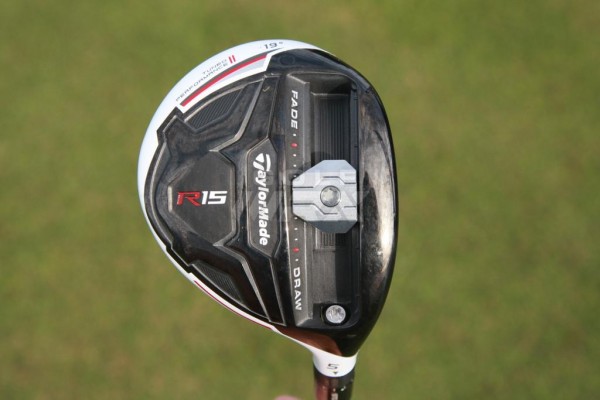
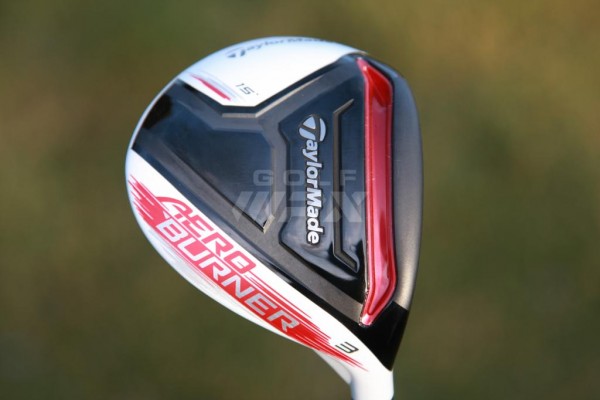
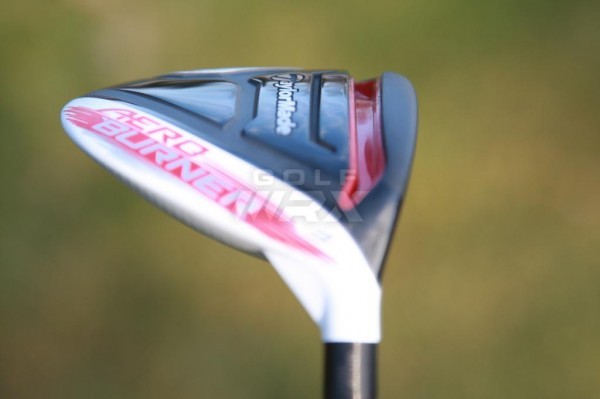

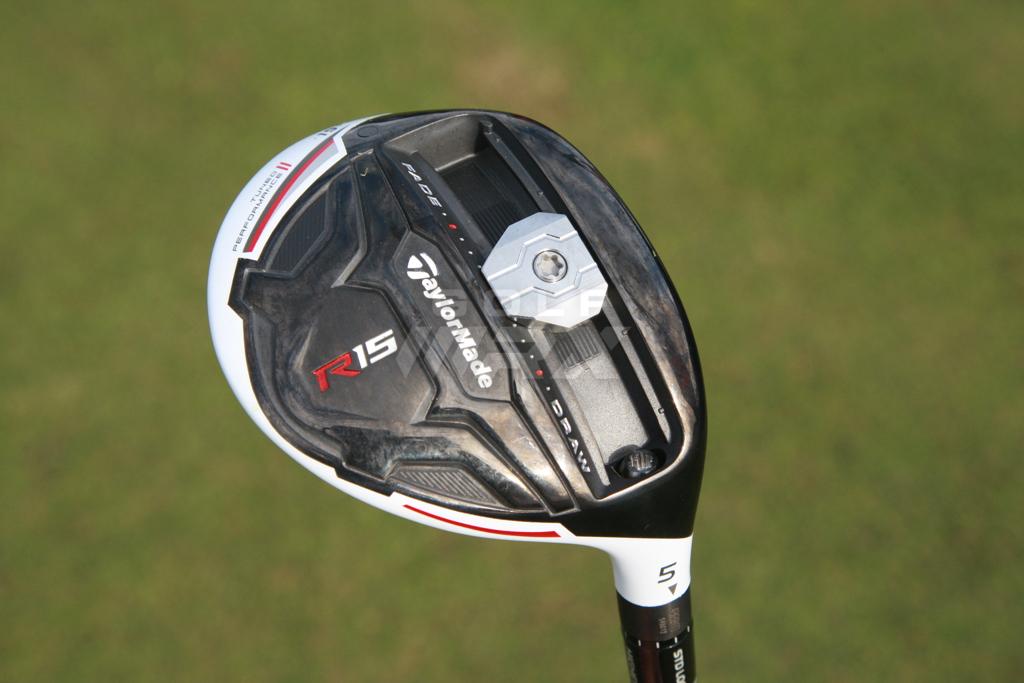
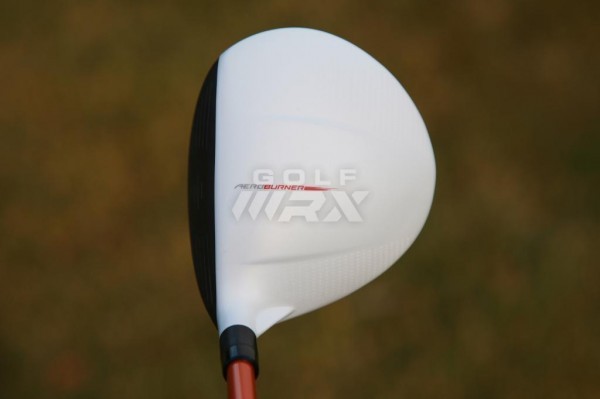
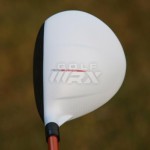
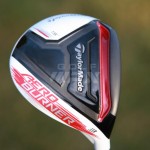
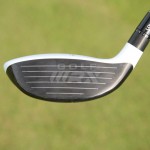
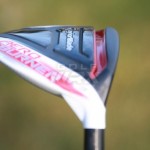
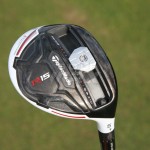
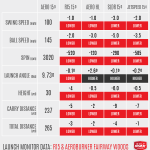
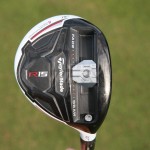
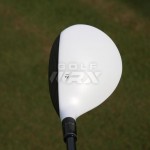
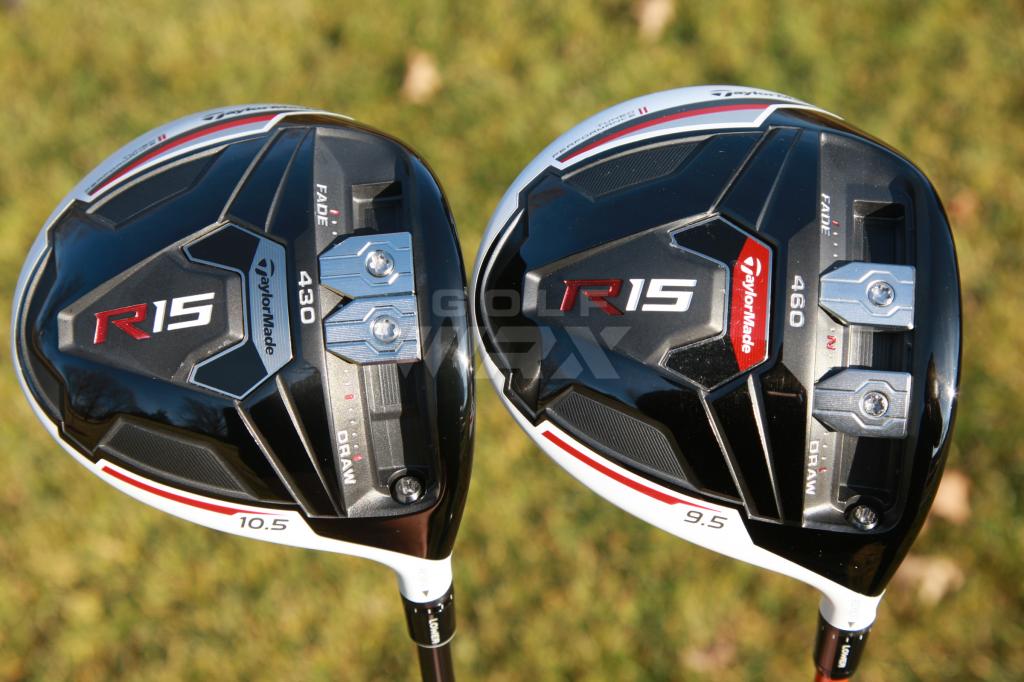


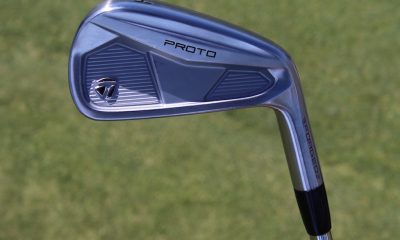

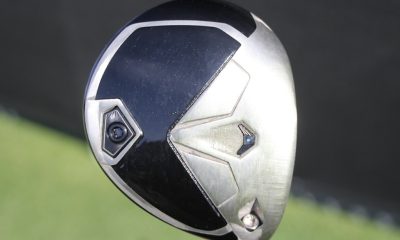



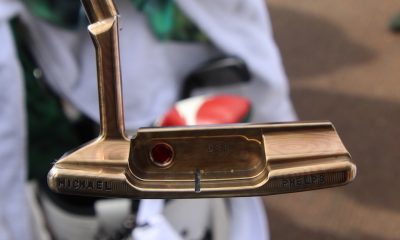

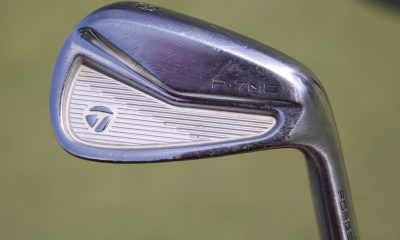

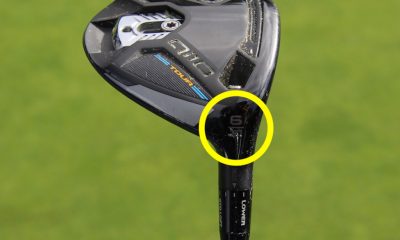

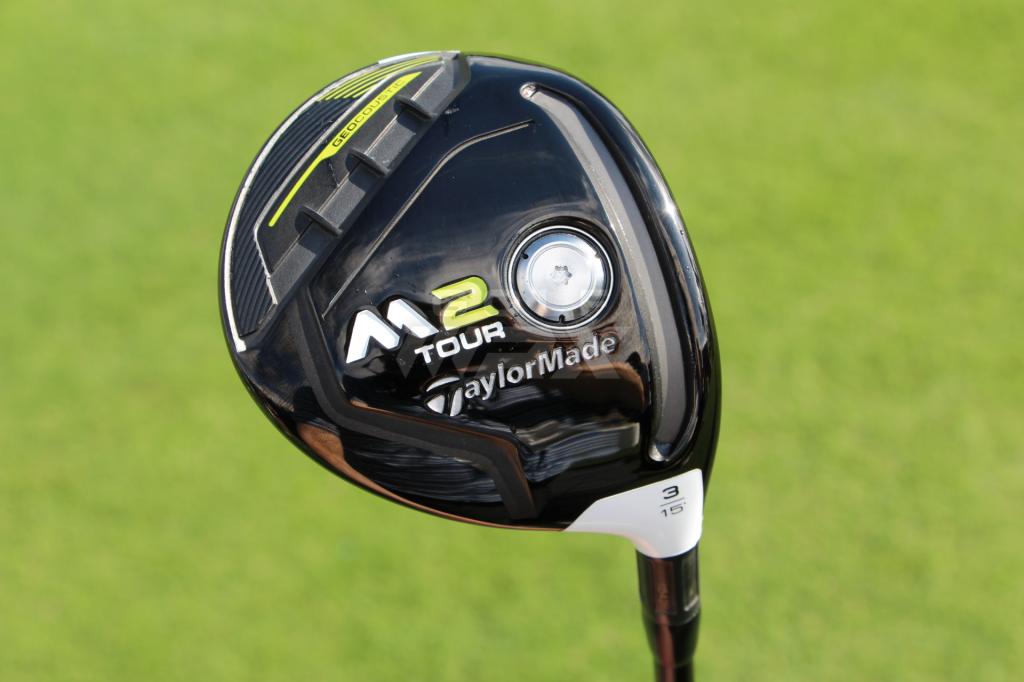
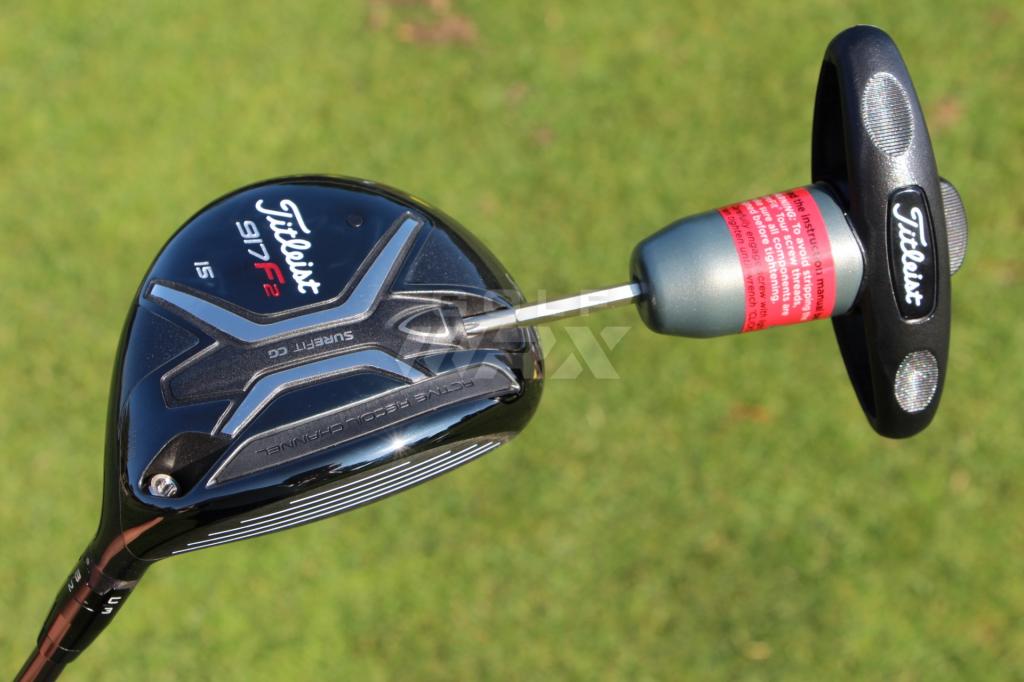
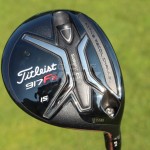
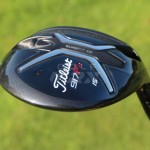
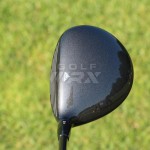
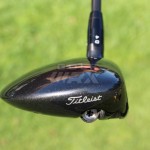
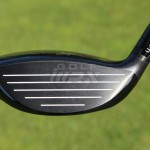
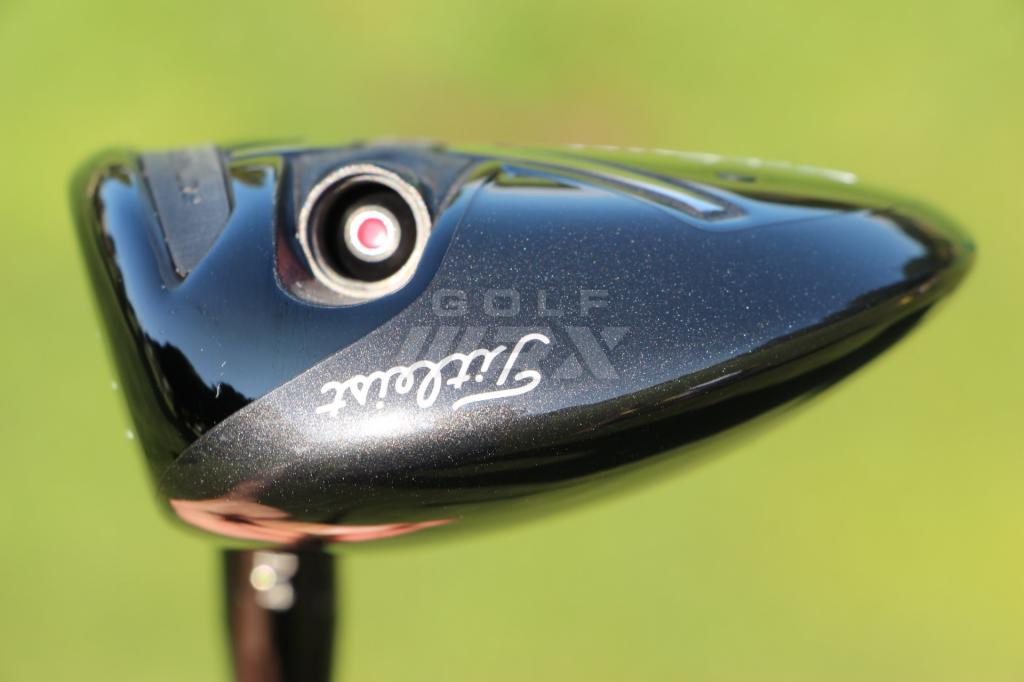
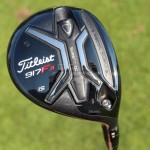
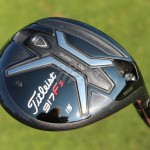
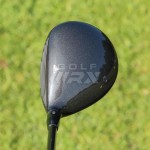
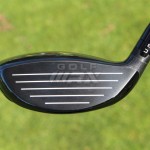
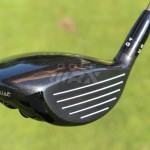
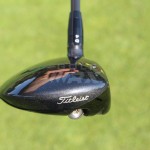

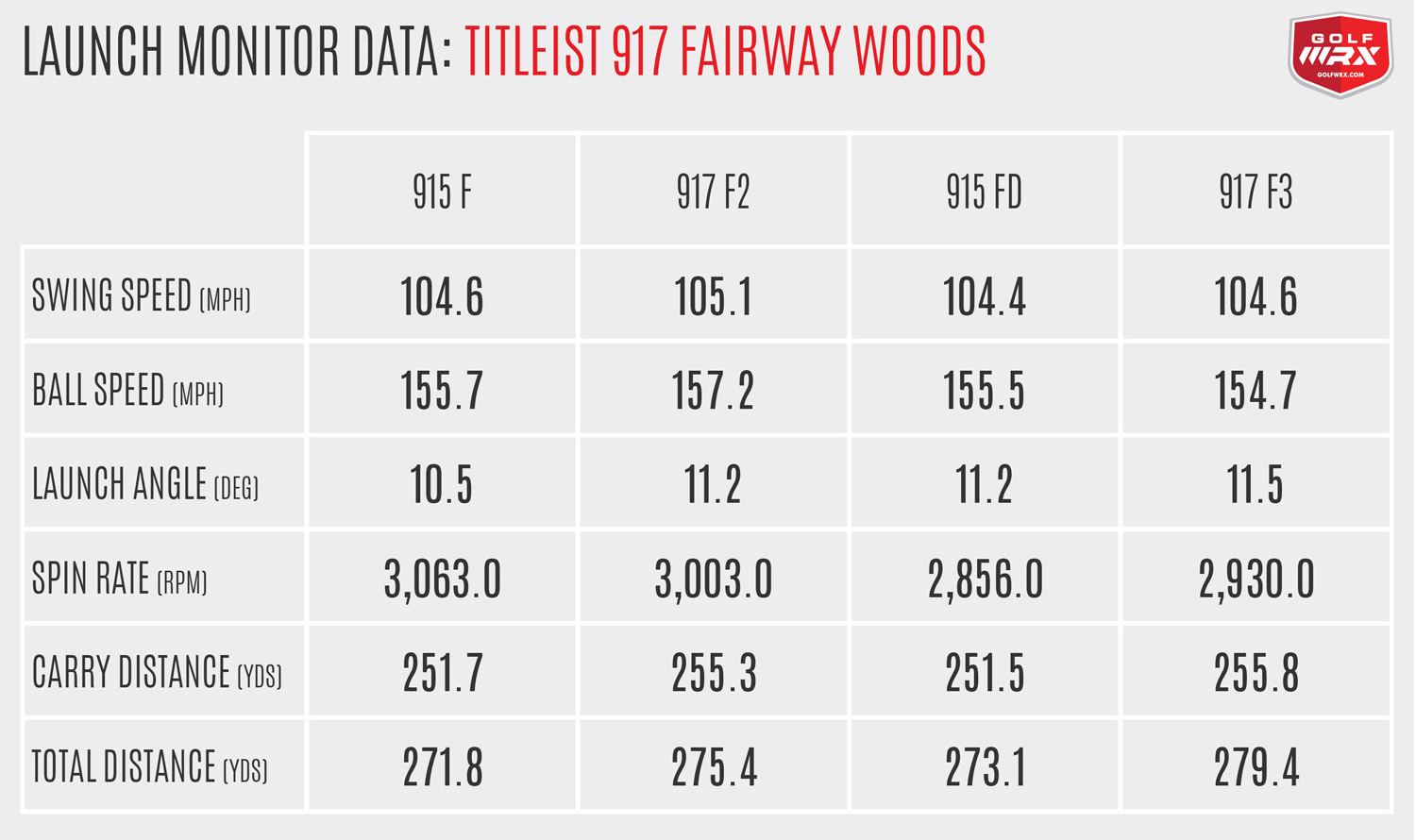
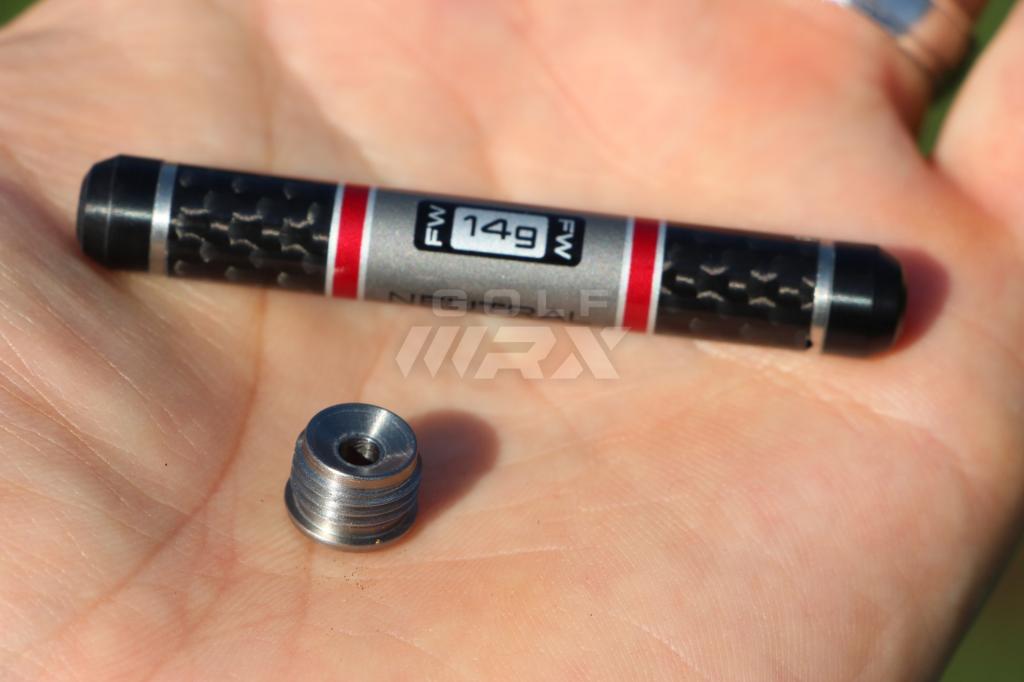

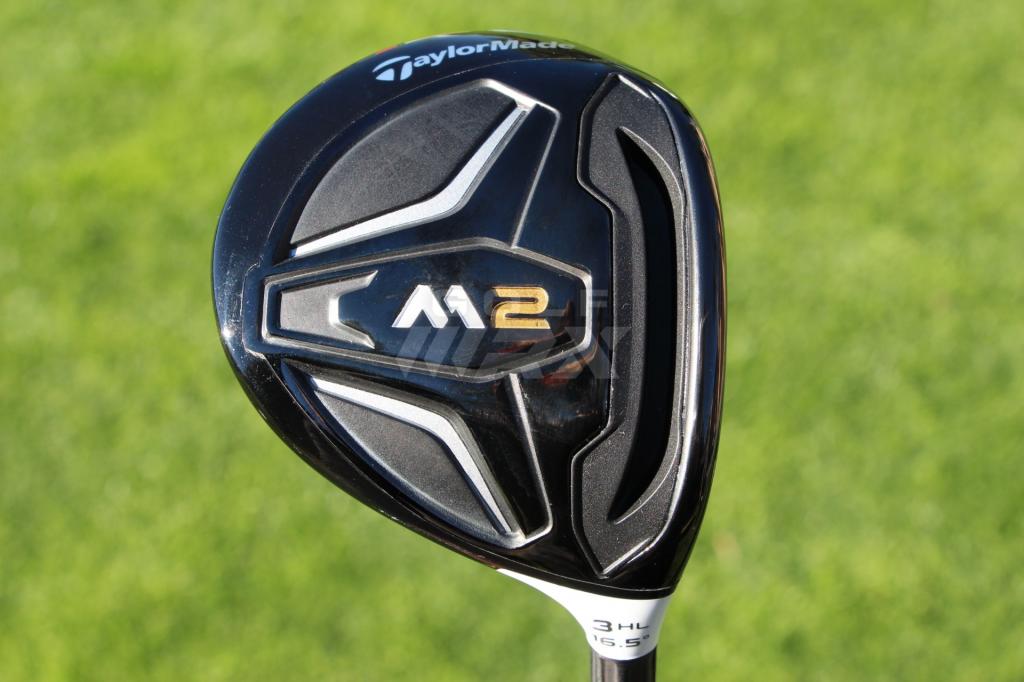
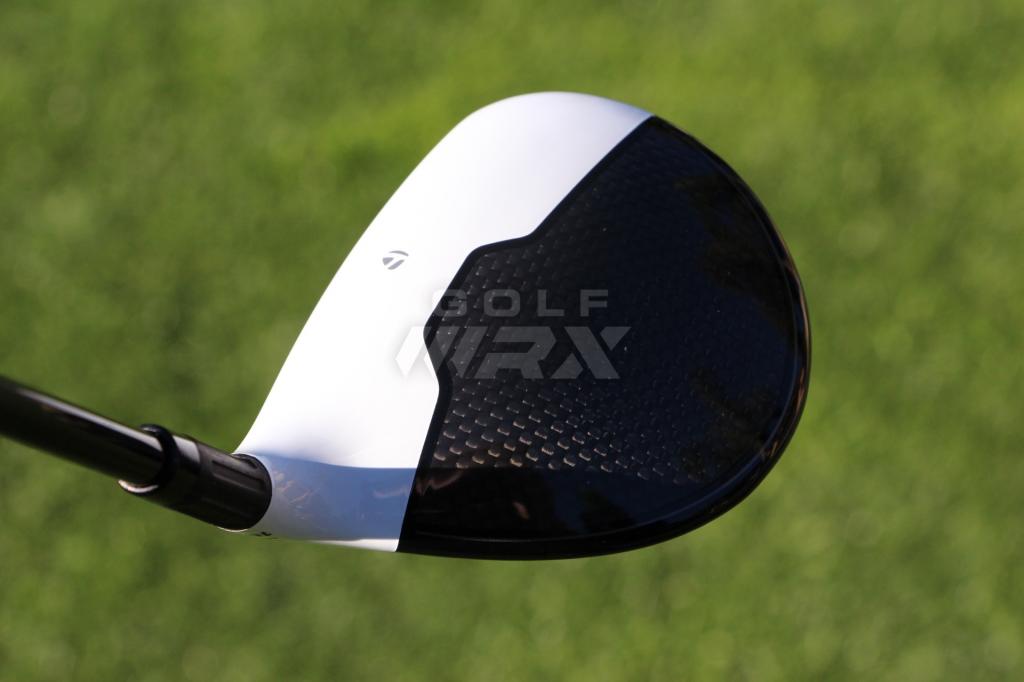
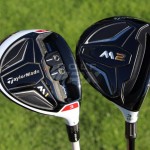
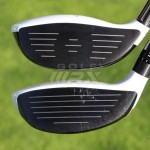
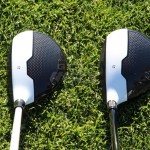
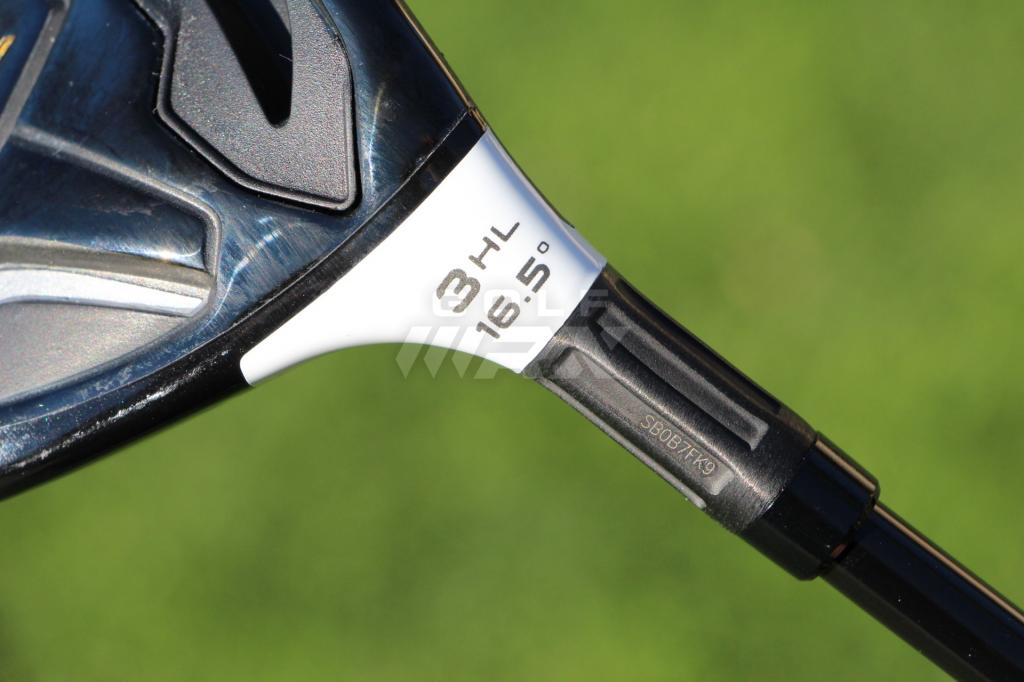
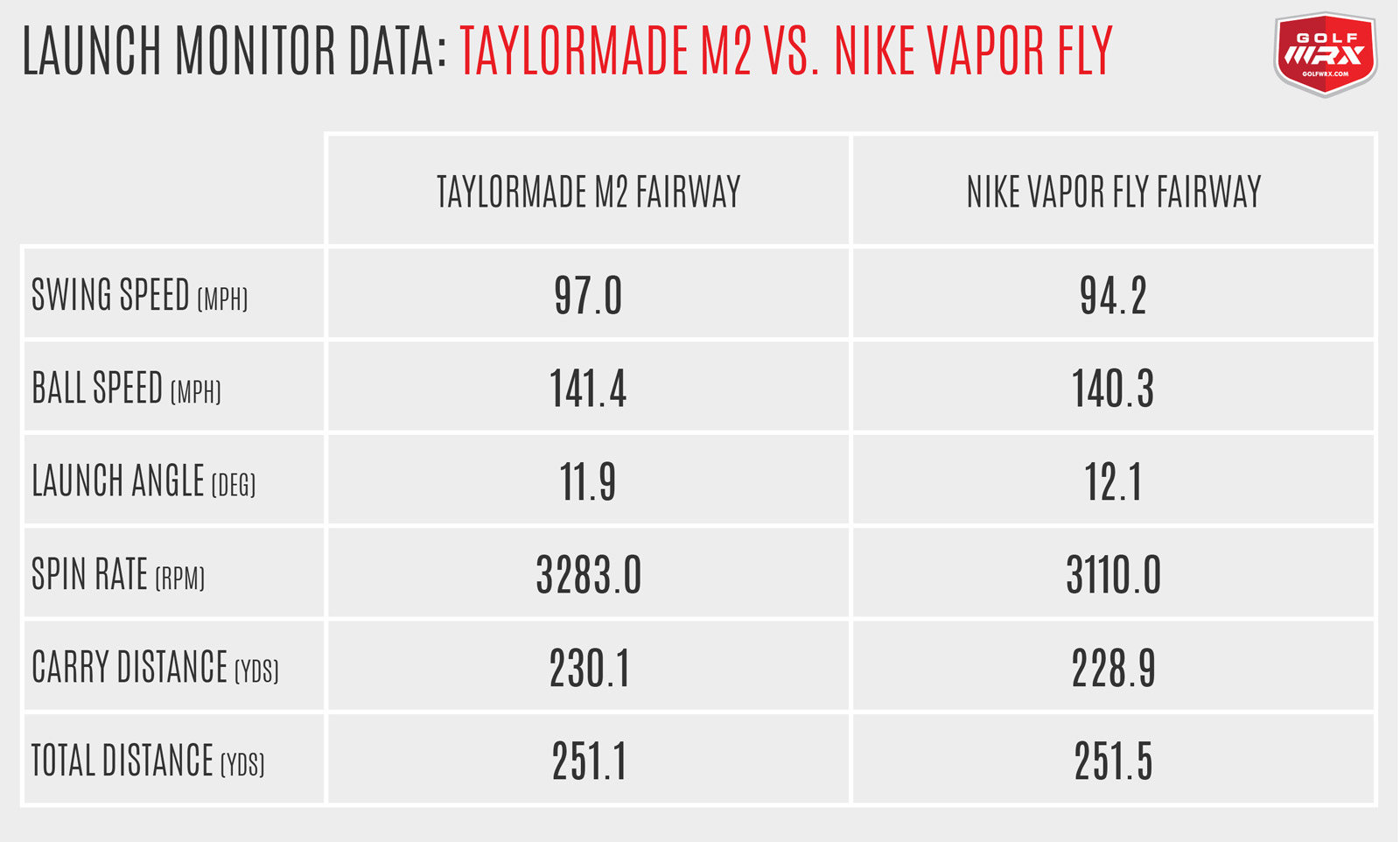
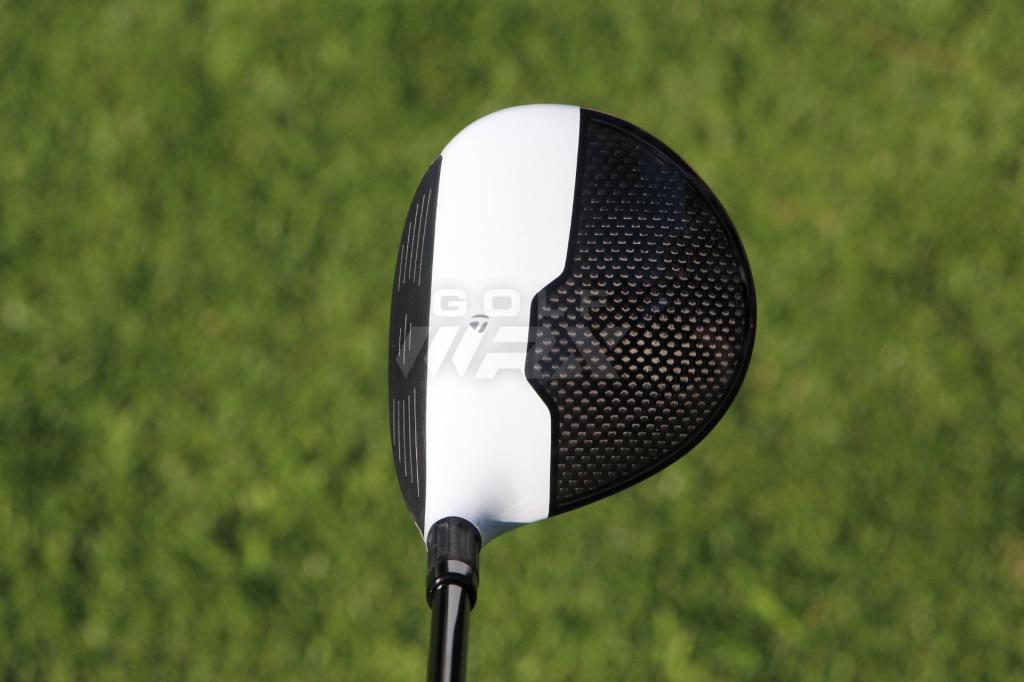















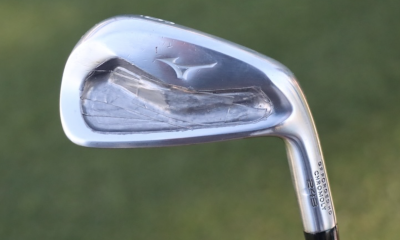

Peter
Mar 10, 2016 at 6:53 am
Spot on with comparison. I have an 85mph swing and I need to work hard on the R15 fairway to make it work. The Aeroburner 3HL (16.5 degrees) consistently out drove the R15 by 10 to 15yds. Aeroburner consistently drove 220 to 225 yrds and was very very forgiving. My R15 Driver (12 degrees) travels only 240yrds at best, which is not that often. On very tight courses I tee off with the 3 HL Aeroburner.
Mike
Mar 9, 2015 at 3:16 pm
How does the AeroBurner compare to the RocketBallz Stage 2 Tour fairway wood (7 hdcp)? I currently use a Stage 2 Tour 5 wood set to the lowest setting (17 degrees) for my driving fairway wood and occasional attempts to go for par 5s. I’m thinking about going with a 3HL AeroBurner but I’m not sure if it’s really going to help out. Are these clubs different enough to justify spending $230+?
Nott Naganidhi
Feb 27, 2015 at 7:49 am
Did you get more distance from the AeroBurner than your Callway X2?
Jeff Smith
Feb 13, 2015 at 12:24 pm
Ping is the best actually
Josh
Feb 13, 2015 at 8:45 am
“Pros: The R15 is a low-spinning, highly adjustable fairway wood that offers faster ball speeds and more forgiveness than TaylorMade’s SLDR fairway woods. The AeroBurner offers freakishly fast ball speeds and more forgiveness. It’s one of 2015’s top fairway woods.”
Where does this crap come from?? Are you being blatantly paid by equipment manufacturers to write bogus reviews? What is your measure for this?? Is there any, or are you just regurgitating the latest marketing hype?
I’m all for new equipment being better…but this faster ball speed crap is not true…we would all be hitting the ball yards farther if every ears marketing hype was truthful. Sites like this one who publish this propaganda are just as culpable in the hosing of golf consumers….
Why not just say the truth…new club colors, internal weighting moved 1/10000 of an inch lower…and everyone…not even tour players will notice a difference between this and the last iteration
Jon Silverberg
Feb 13, 2015 at 8:37 pm
Perhaps you should go lie down in a quiet, dark room until the fit passes…
adam
Feb 17, 2015 at 12:09 pm
+1
Rich
Mar 6, 2015 at 5:19 am
+2
Shane
Mar 31, 2015 at 1:11 am
+3
other paul
Feb 12, 2015 at 9:49 pm
Article makes me want to go look for a jetspeed…
Pieter
Feb 12, 2015 at 8:59 pm
Any news on the Aeroburner mini driver ?
Rich
Mar 6, 2015 at 5:20 am
Just saw it last weekend. It looks good. Much the same specs as the sldr s mini driver but I think it looks better.
Batman
Feb 12, 2015 at 7:09 pm
The Taylormade Krank Speedline AeroBurner FW looks interesting…
bwoody01
Feb 12, 2015 at 3:50 pm
Kane thanks for this review. I checked the specs on the TM site for the AeroBurner, specifically the lie angels… WOW – 60 seems very upright for the none TP version and 58 for the TP version? Yikes! This sounds like a pull hook waiting to happen. Thinking I will stick with my X Hot Pro 3 Deep at a 55 degree lie angle for now. During your testing, do you experience any snap hooks?
Kane Cochran
Feb 12, 2015 at 8:15 pm
I’ve hit some left with the AeroBurner, but not snap hooks. Just overcooked a few during testing. The 3 Deep is a good club for sure and sounds like it is working for you. If you end up testing the AeroBurner (especially the TP version) I’ll be curious to hear what you think.
Mike
Feb 12, 2015 at 12:57 pm
Gaming Aeroburner 15 degree for about 3 weeks now and it is a monster. And easy to hit off the deck which is a first for me.
Brad
Feb 12, 2015 at 5:33 am
So better club / ball speed and spin numbers, but only 1 yard more total distance than the much maligned JetSpeed?
Jon Silverberg
Feb 13, 2015 at 8:33 pm
Maligned? All that was maligned about JetSpeed was the advertising campaign…it’s a great club, from Driver to 6 hybrid…
Gorden
Feb 16, 2015 at 1:07 am
Play what you like, like what you play….I use a Jetspeed HL set standred 13 degree with OM stiff shaft.. much strighter then anything I have ever had and just as long.
Mark
Feb 11, 2015 at 11:26 pm
Ditto how they work with slightly slower clubhesd speeds. And where are you playing and in what heat to get 28 yards of run on a 3 wood off the tee?
Jason
Feb 11, 2015 at 5:56 pm
Great review. I would love to see the numbers with swing speeds less than 100mph, something like 95,90,85 this would give the average golfer information that would be closer suited to their game considering that most golfers aren’t swinging a 3 wood 100mph despite what many of the post may say.
Rich
Mar 6, 2015 at 5:24 am
Don’t swing you 3wood at over 100mph? What’s wrong with you man. You’re a powder puff.